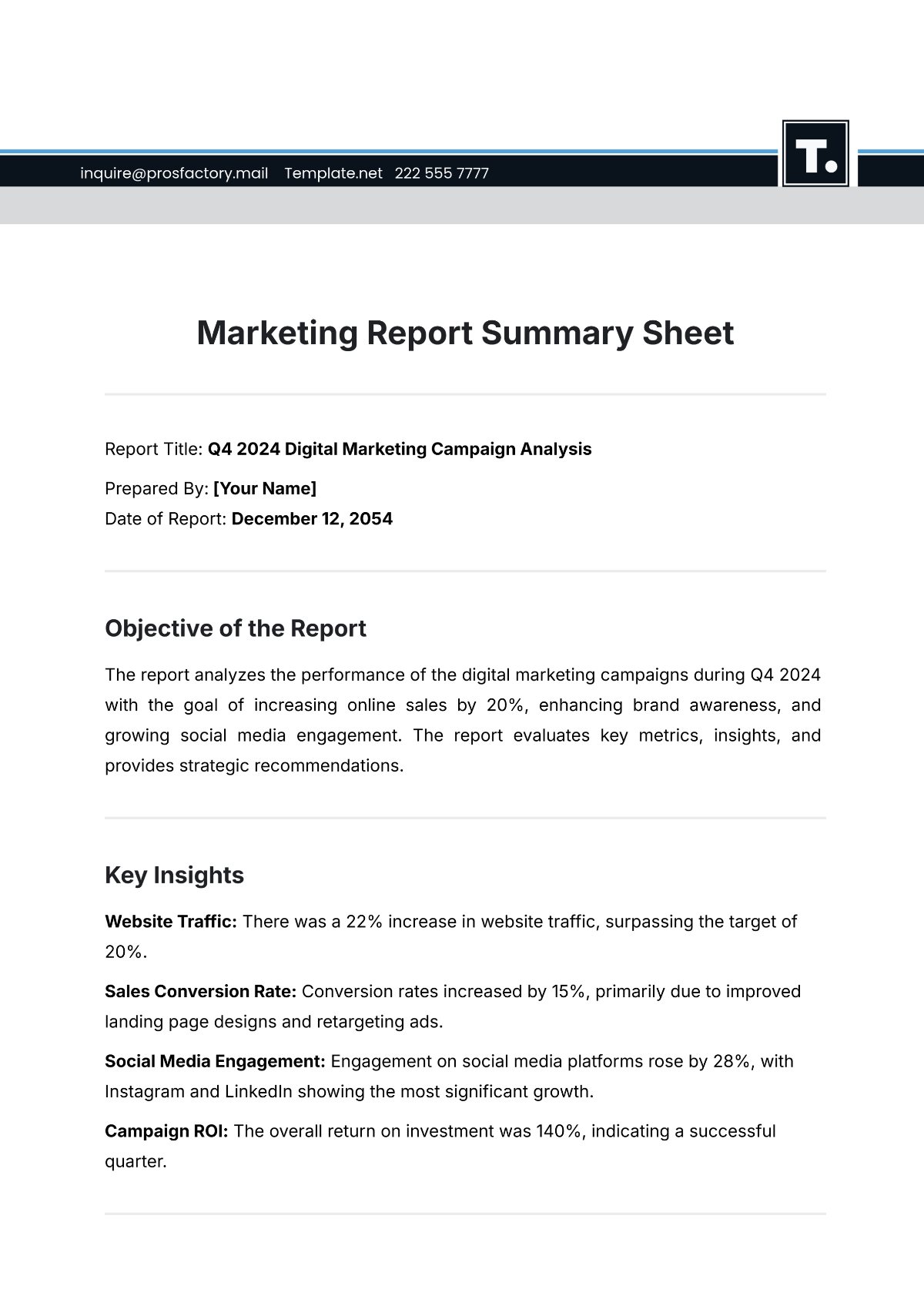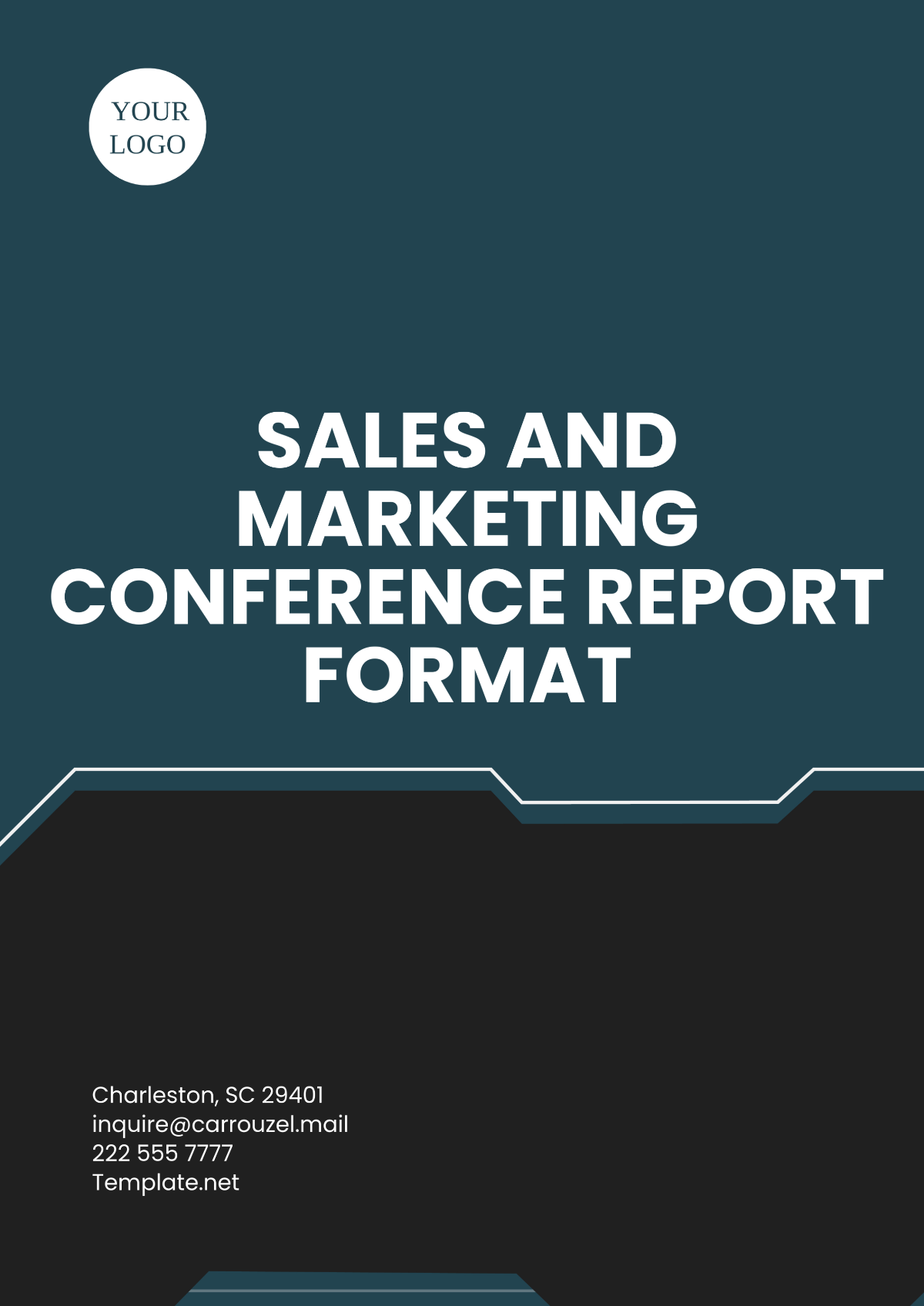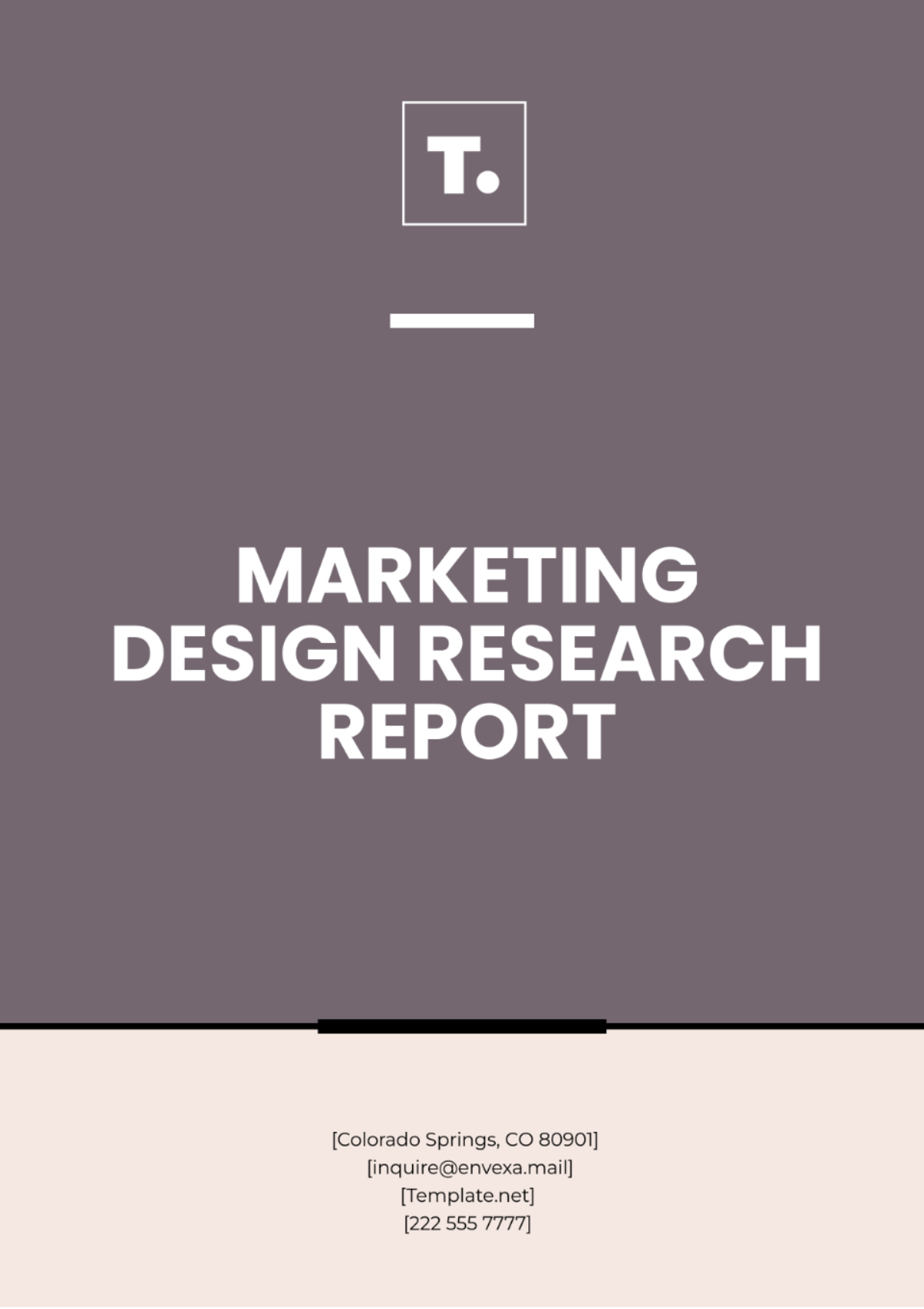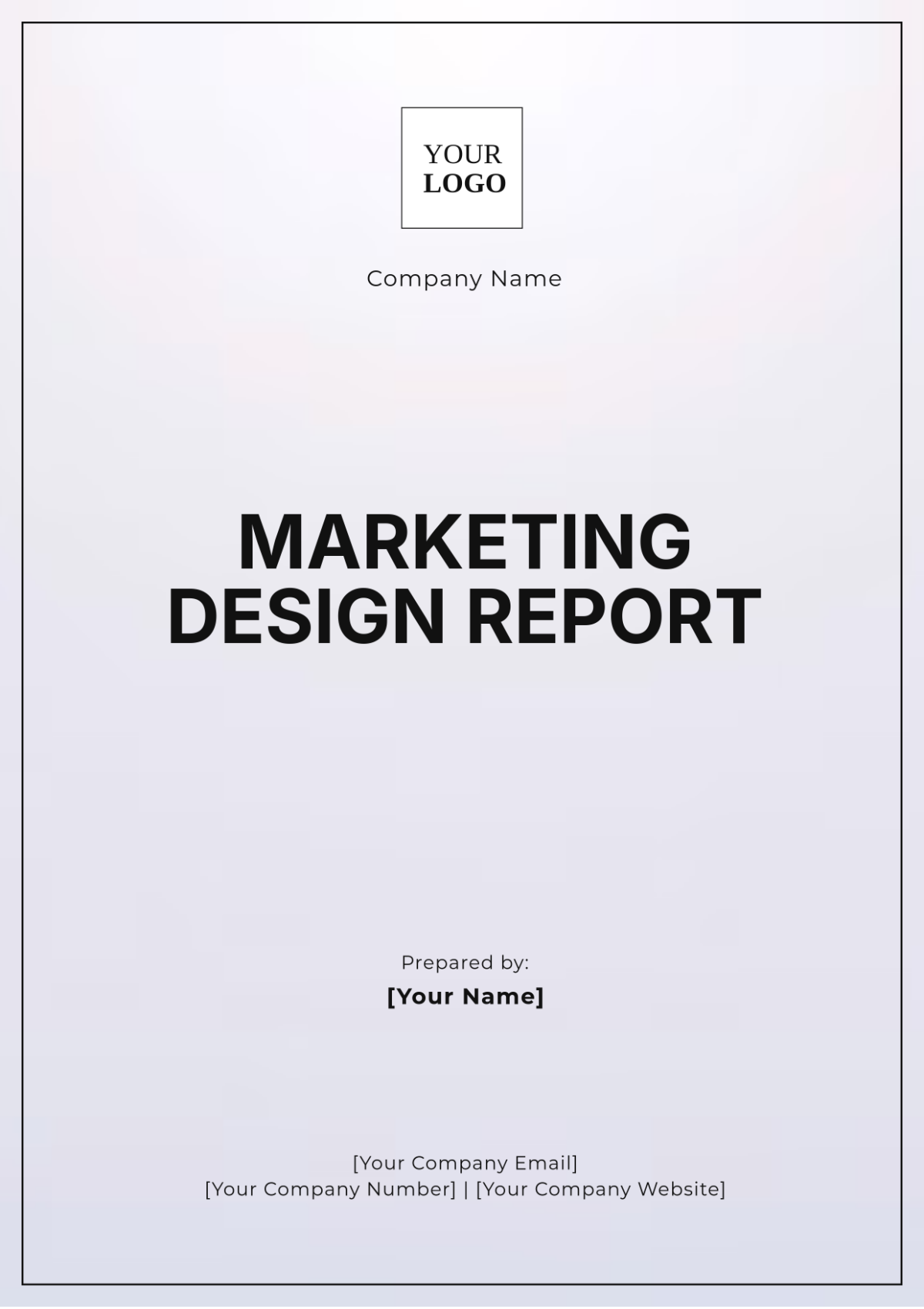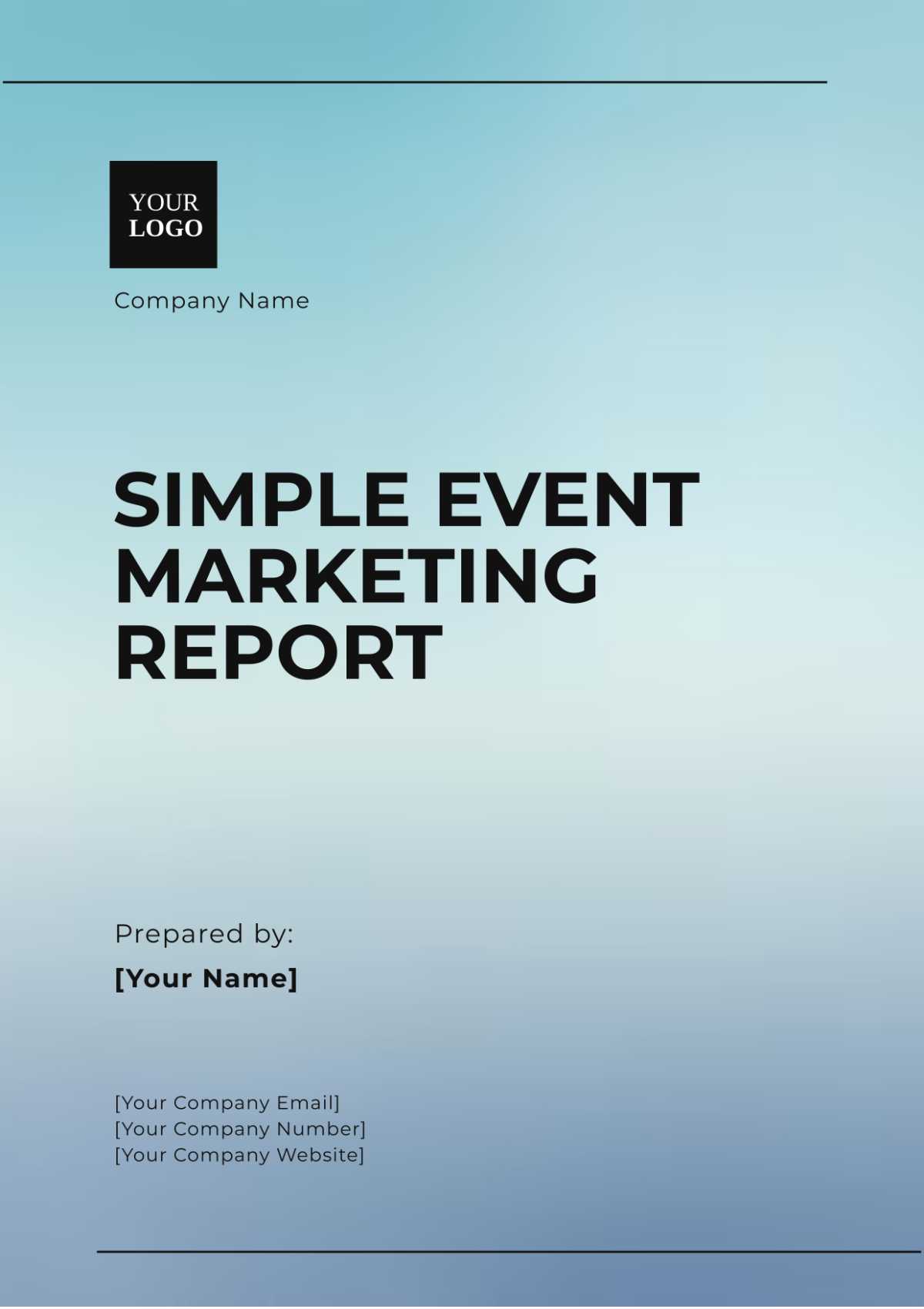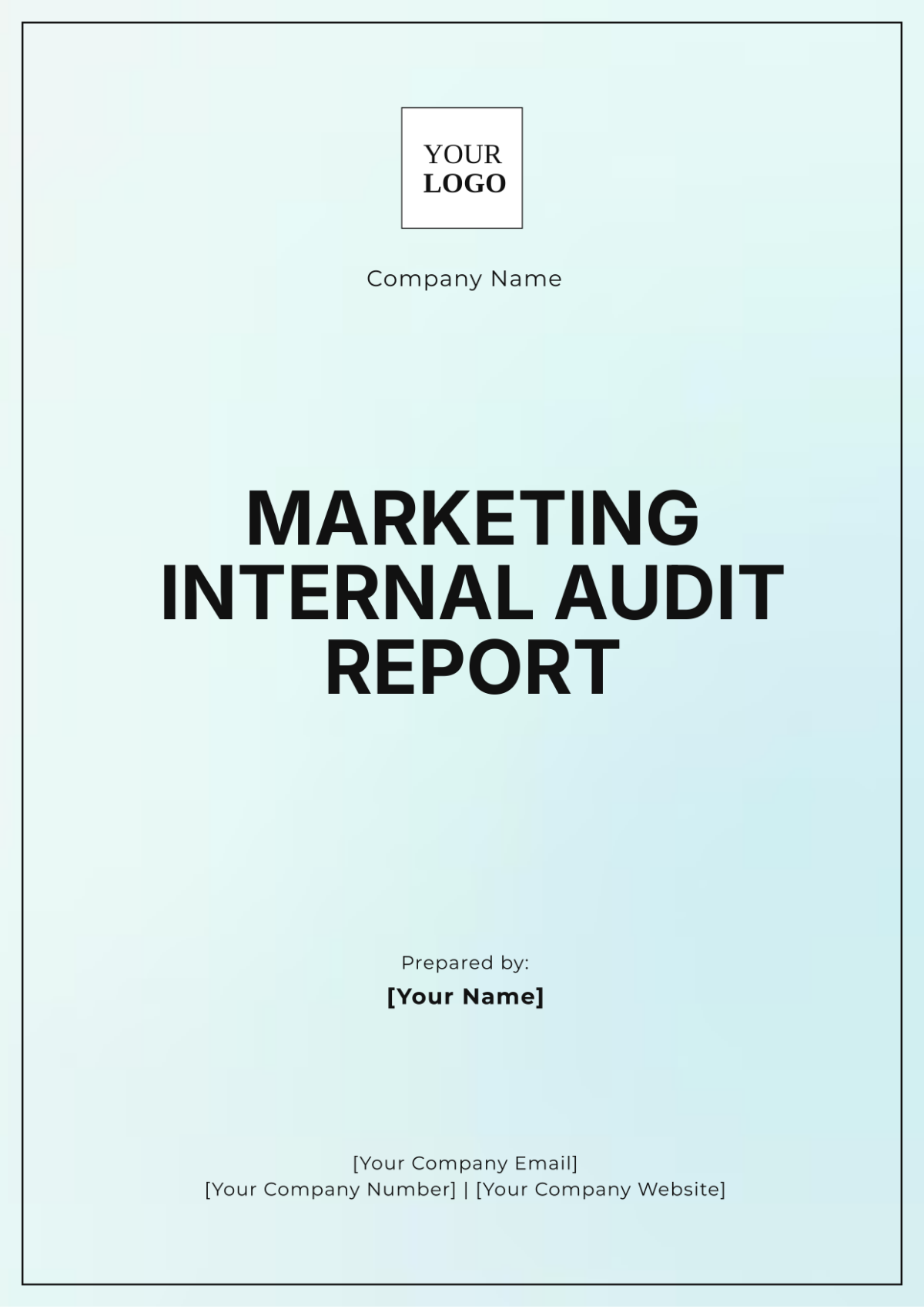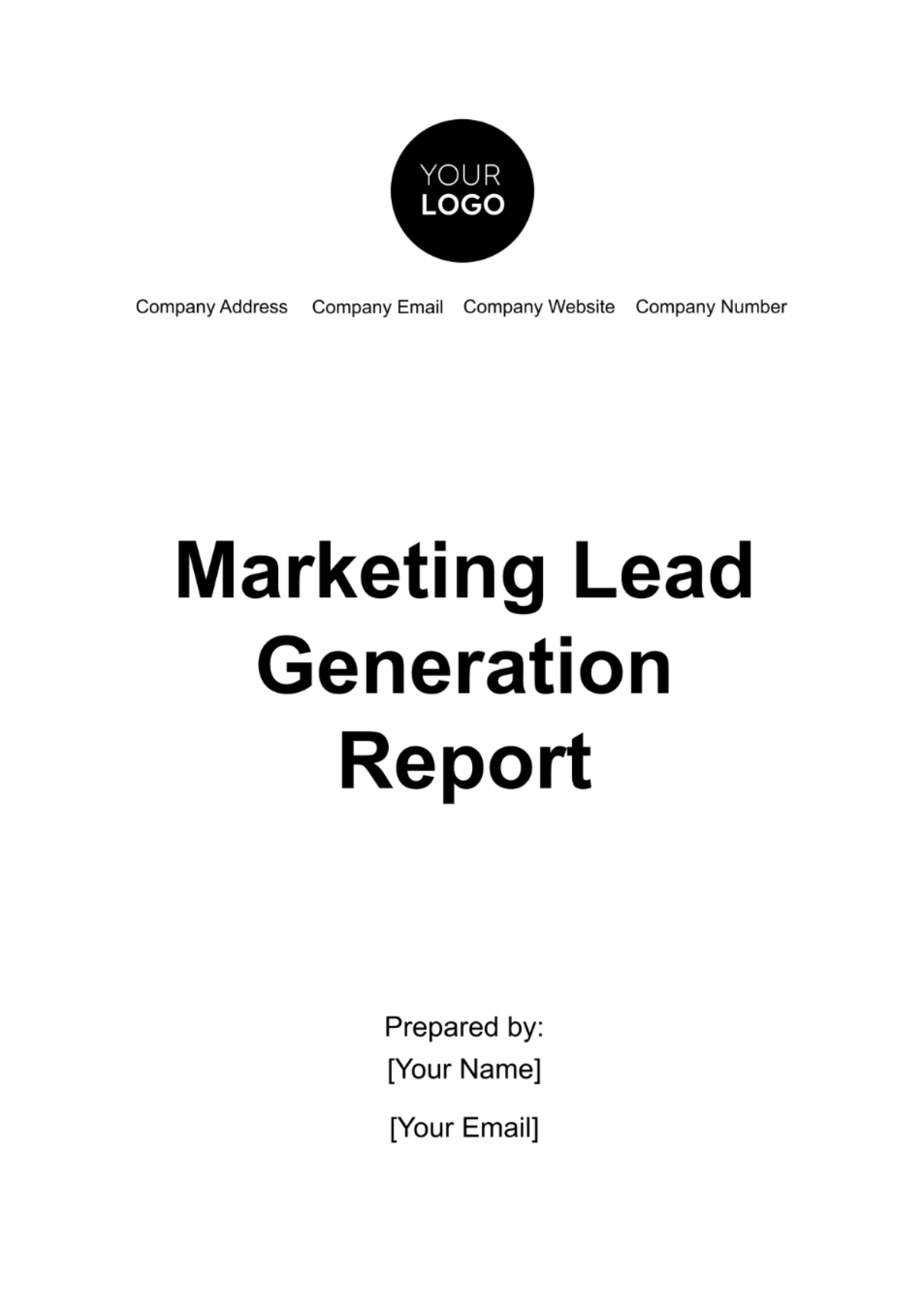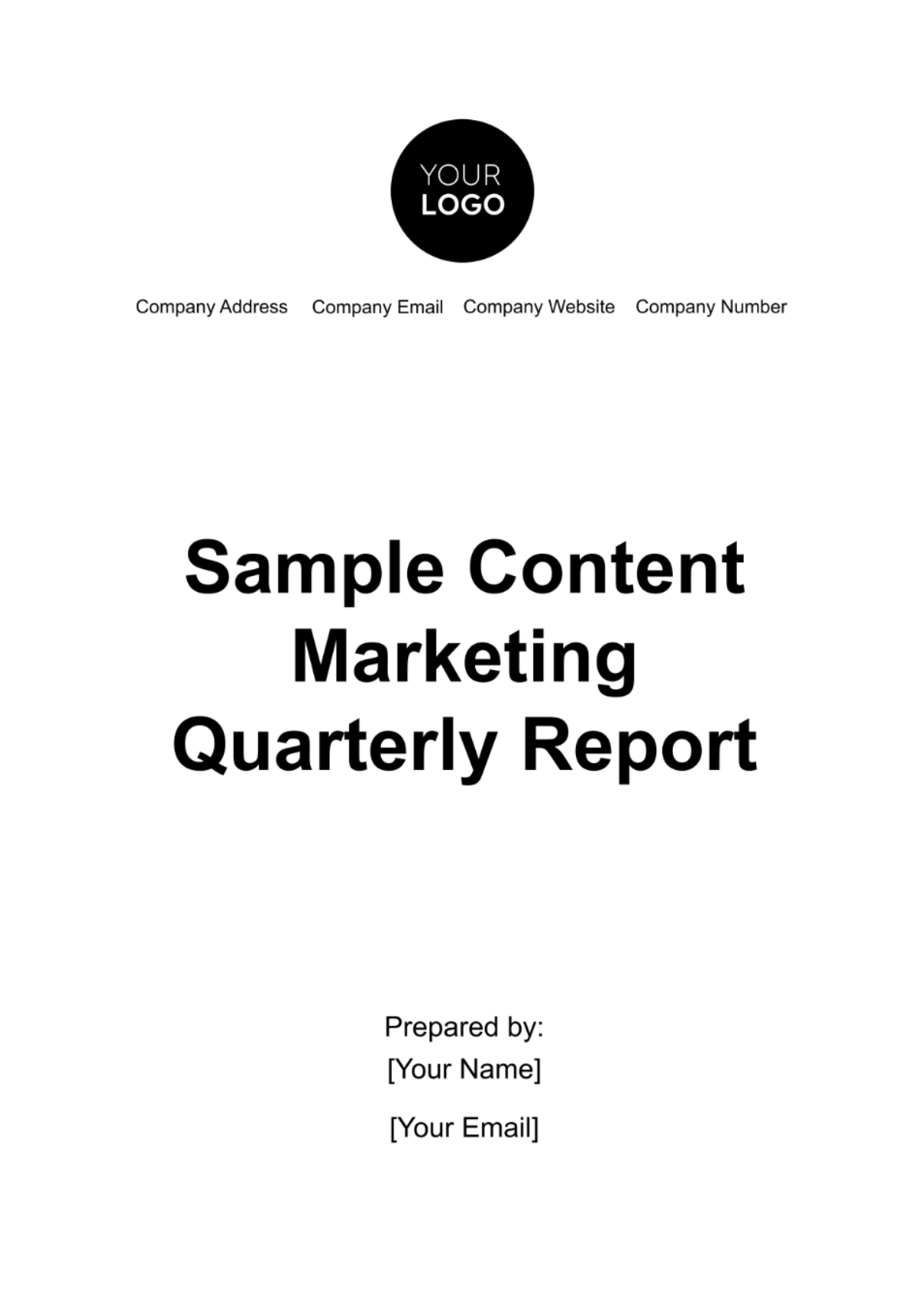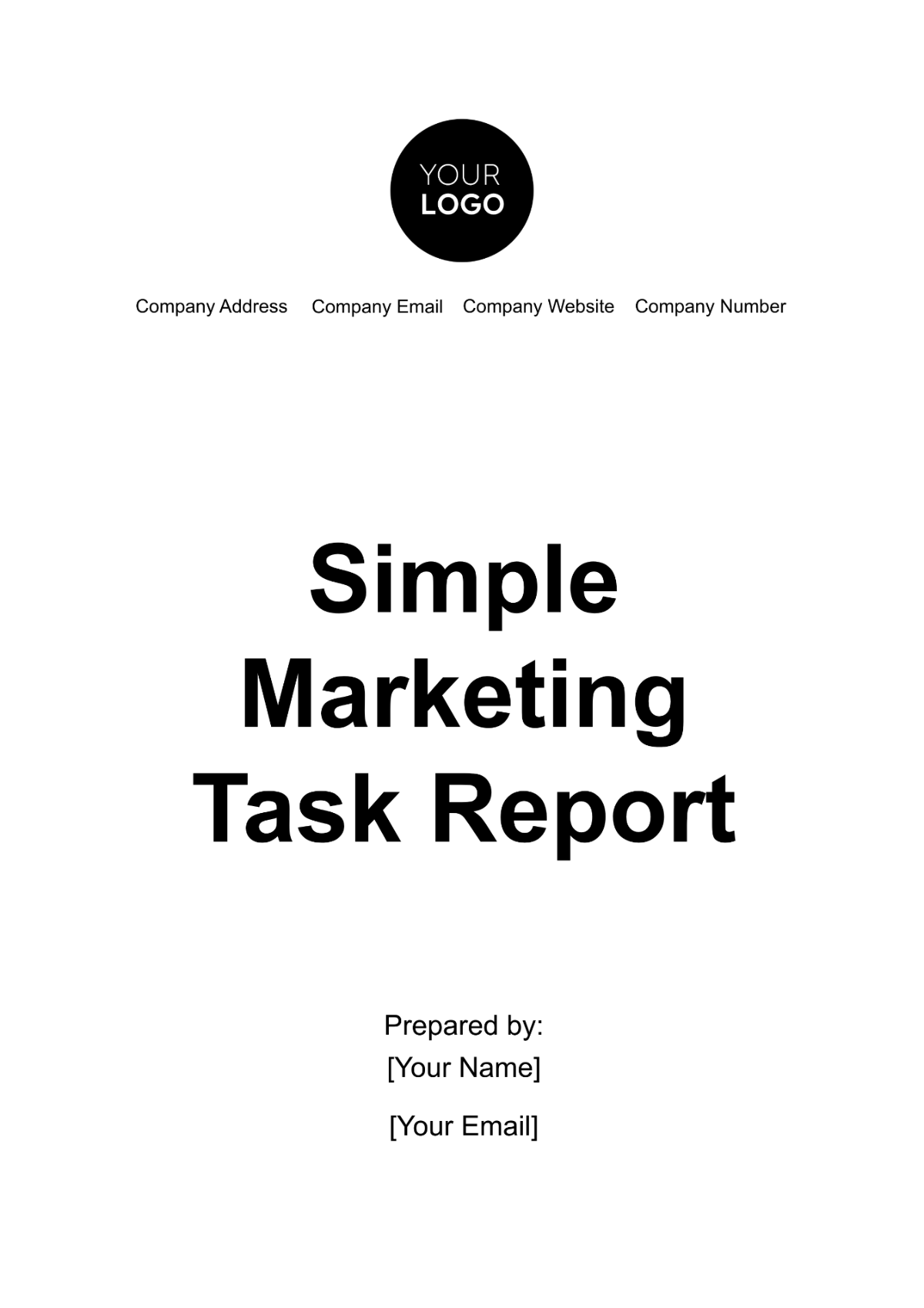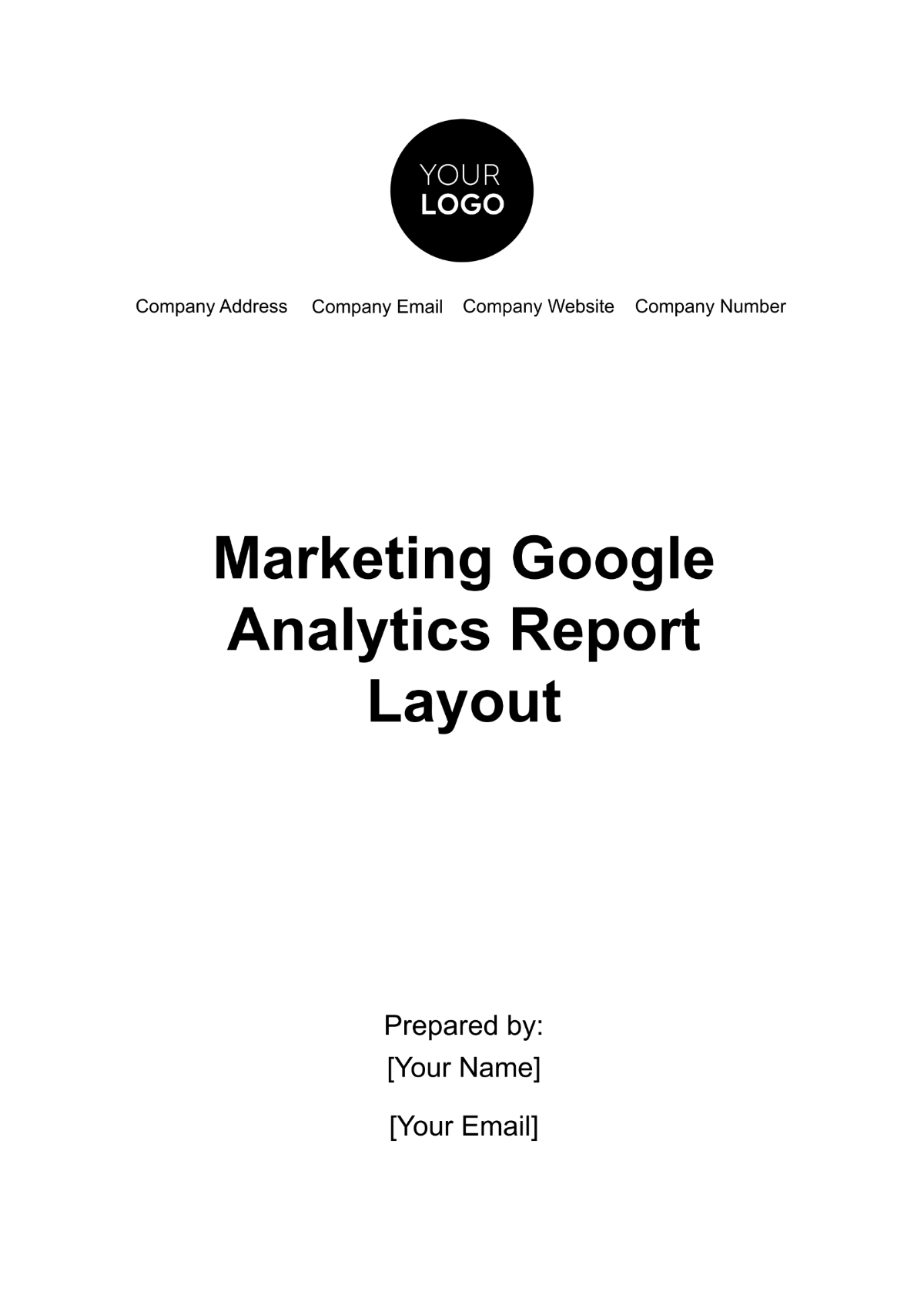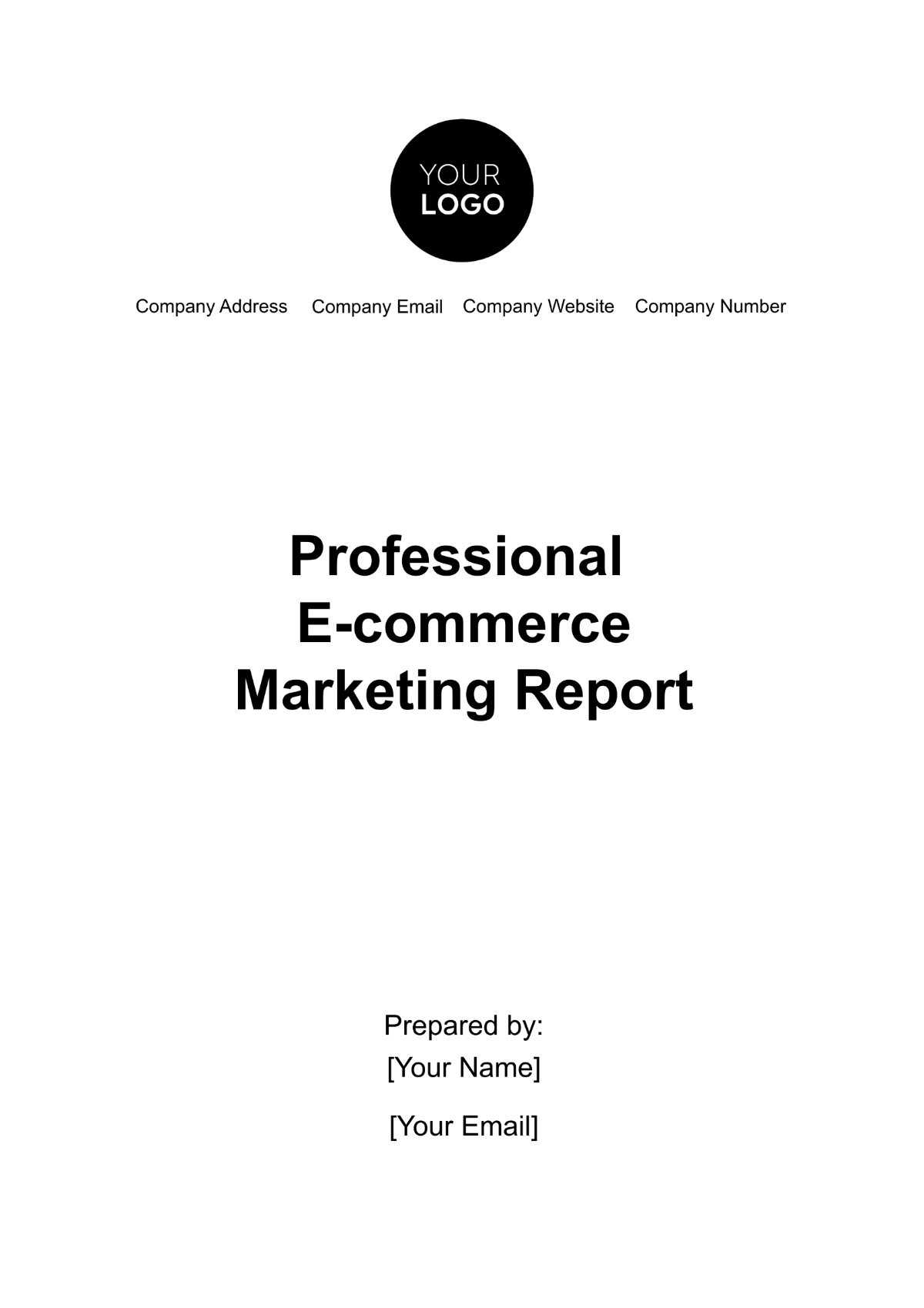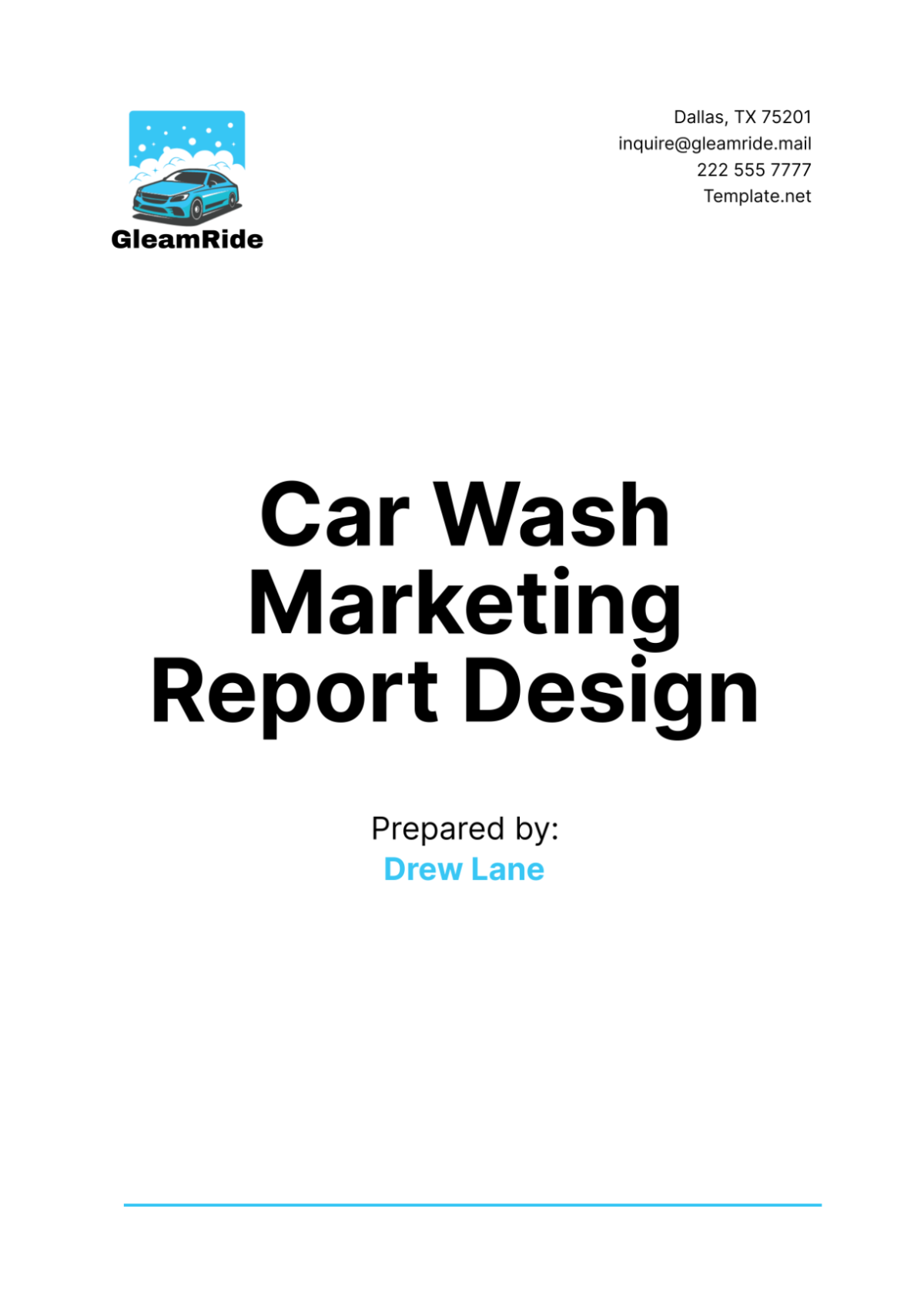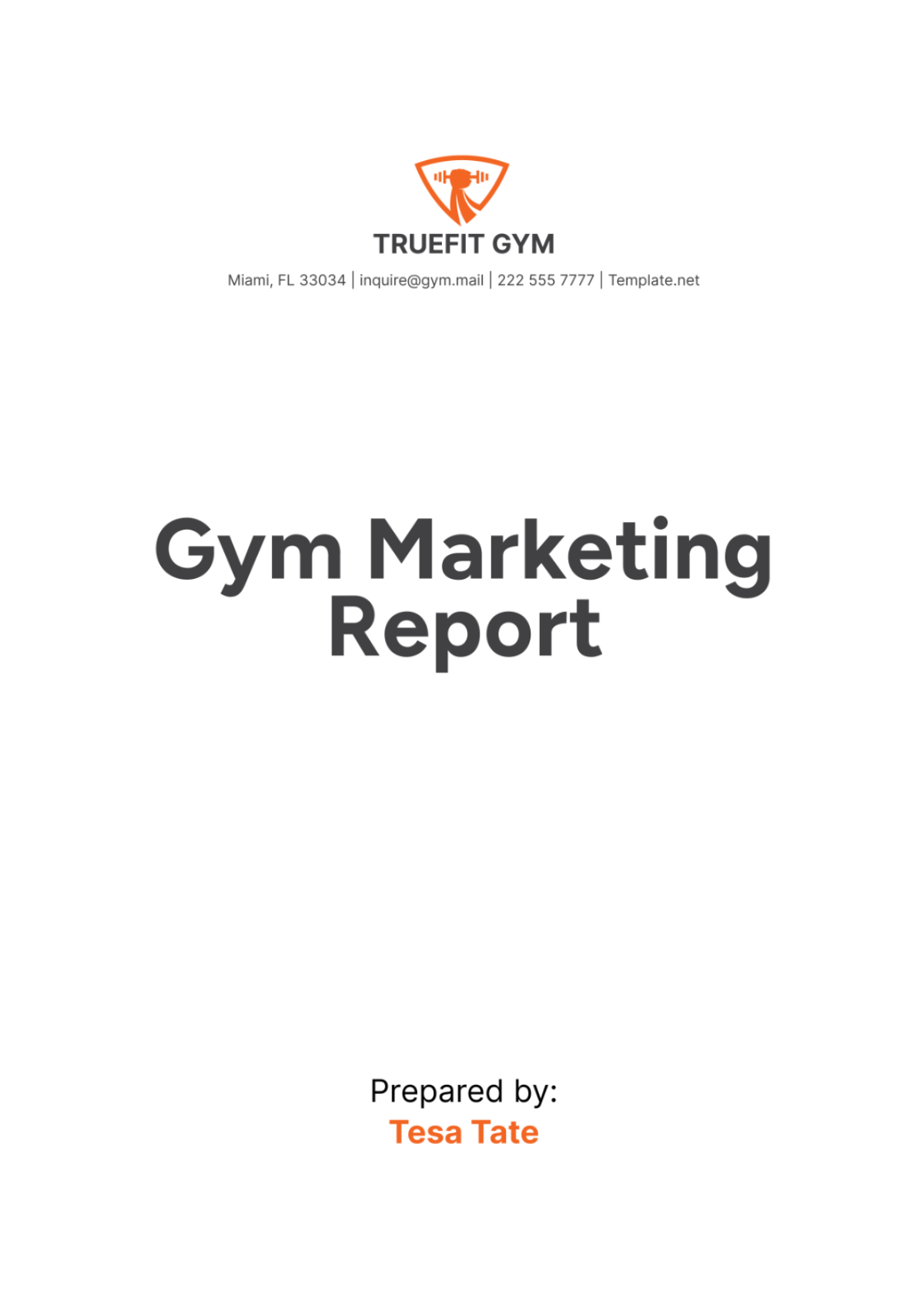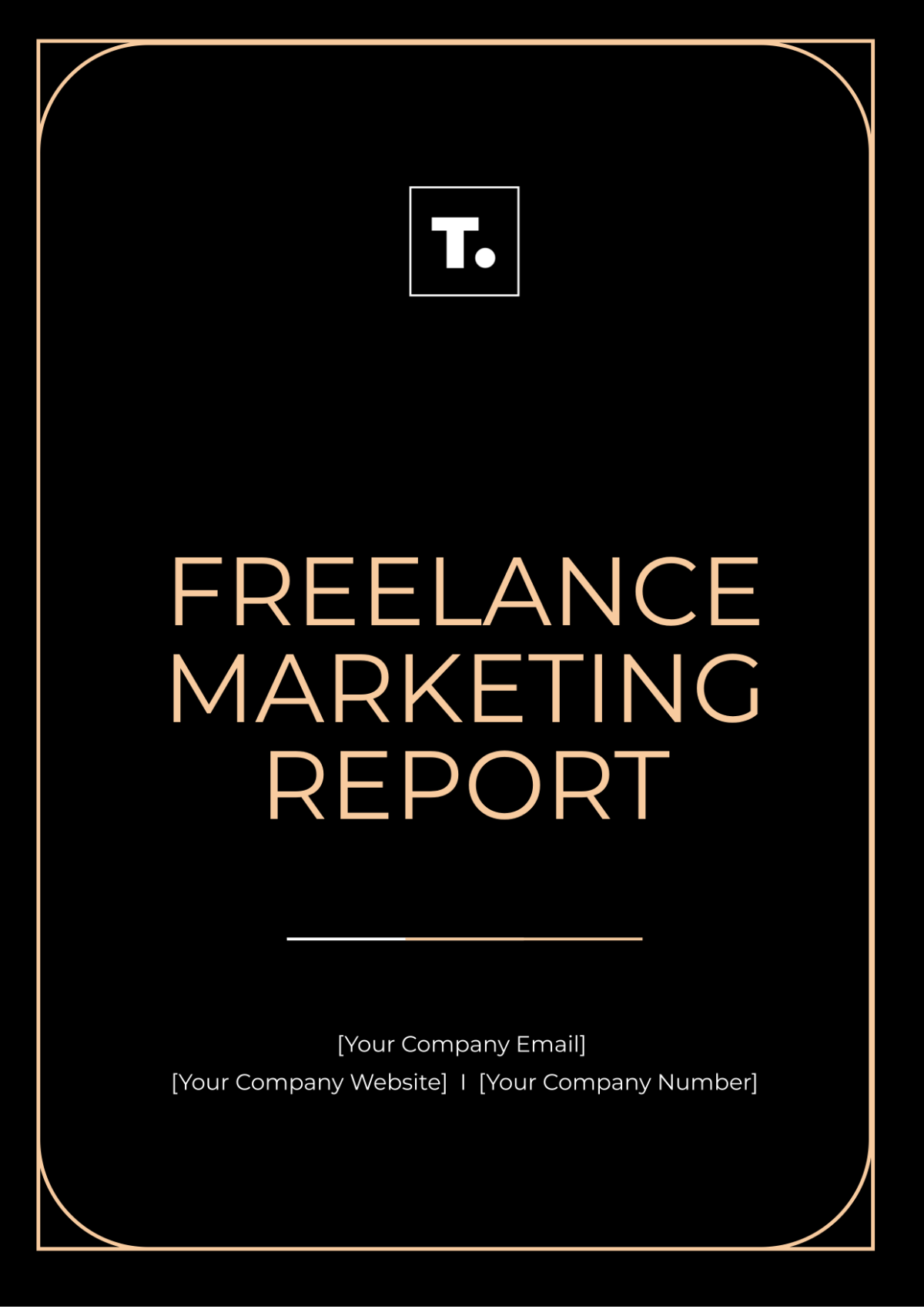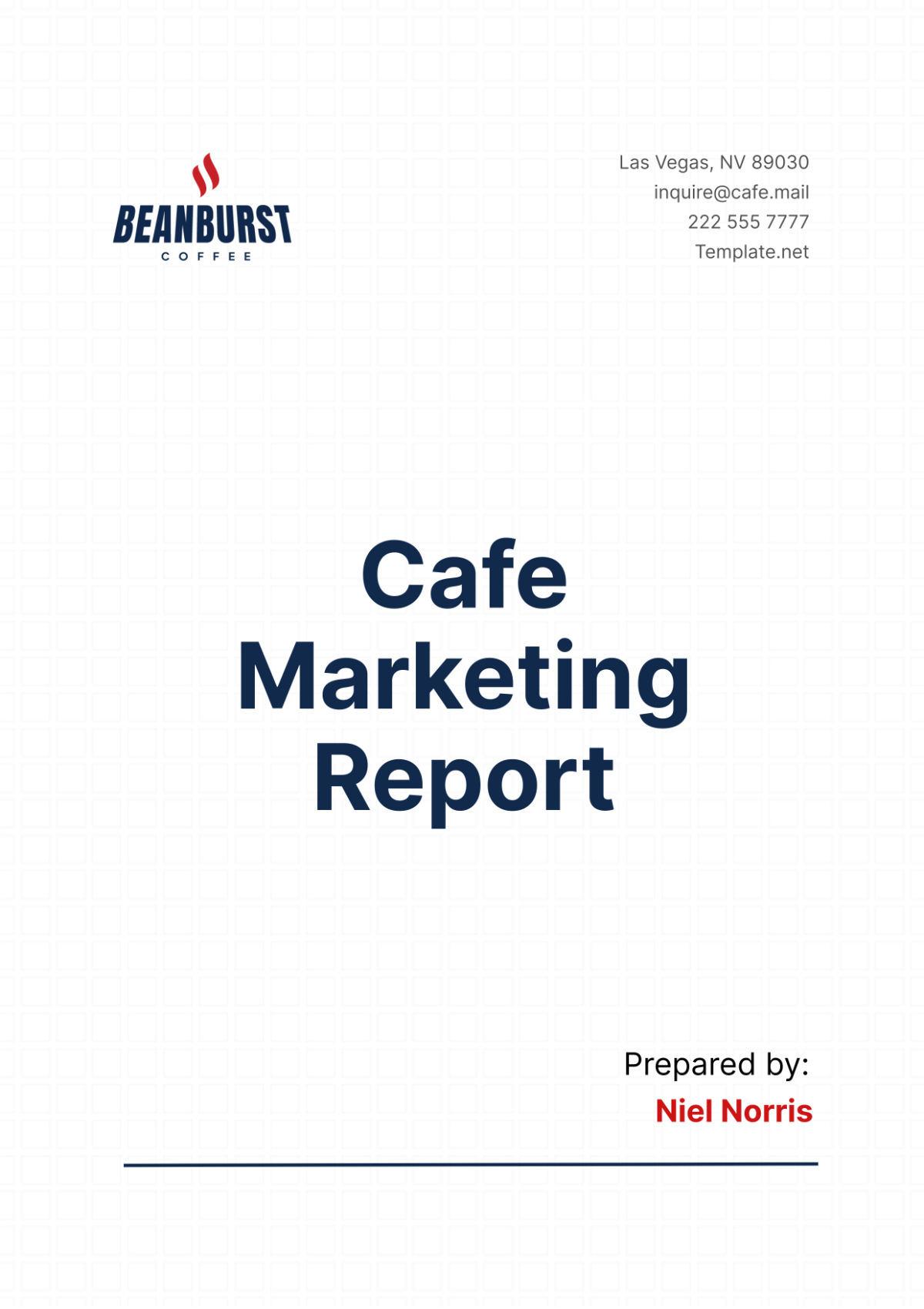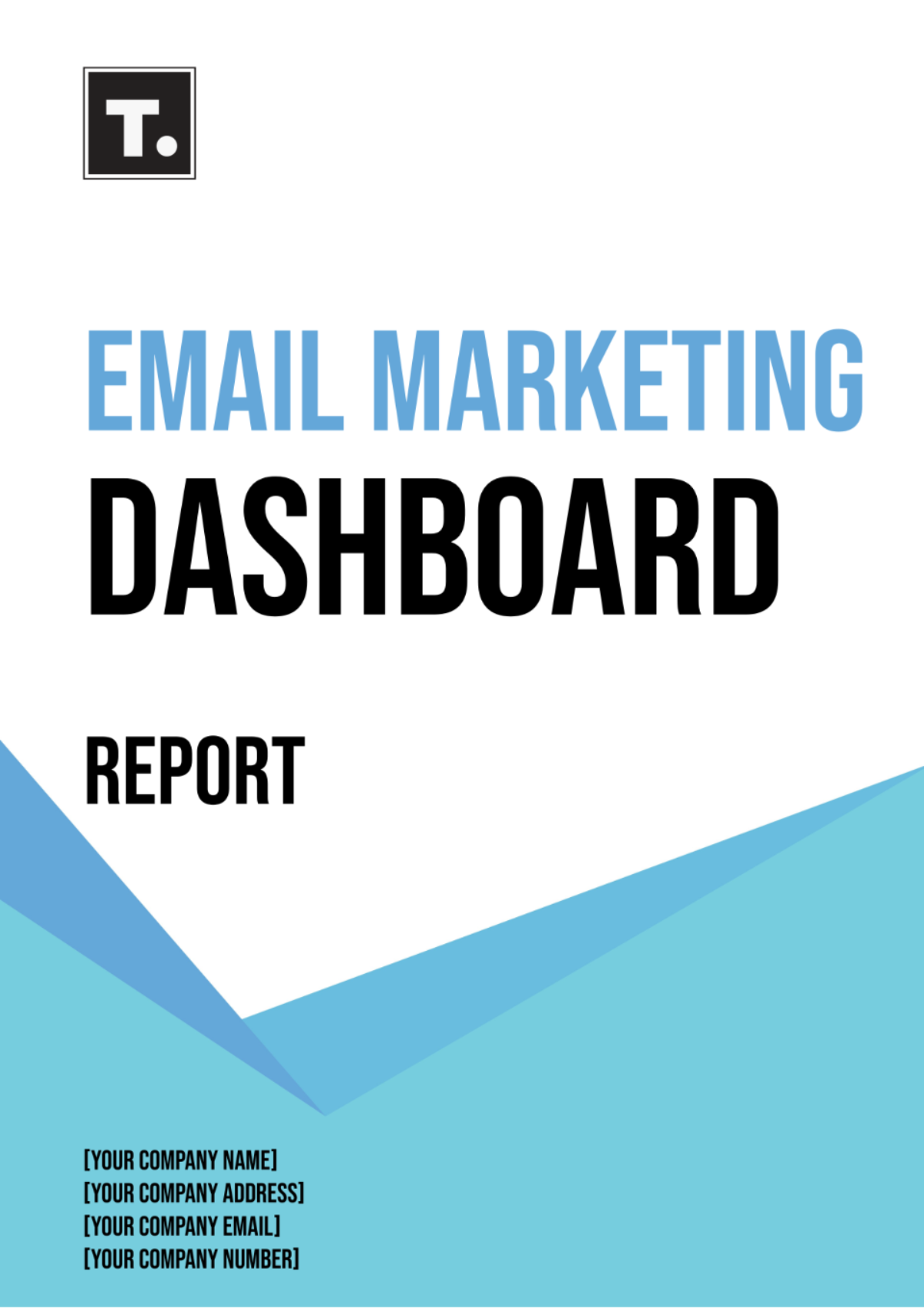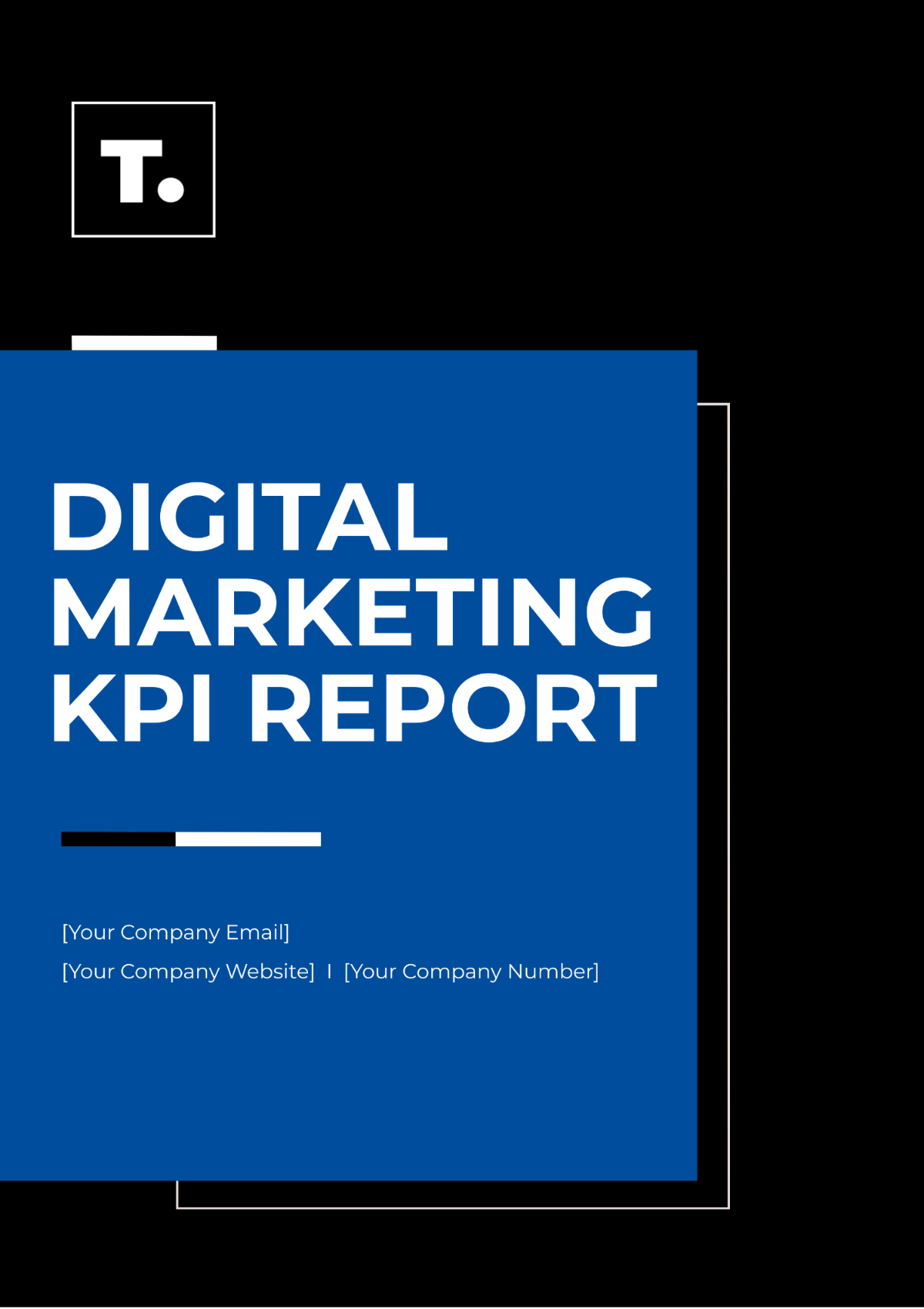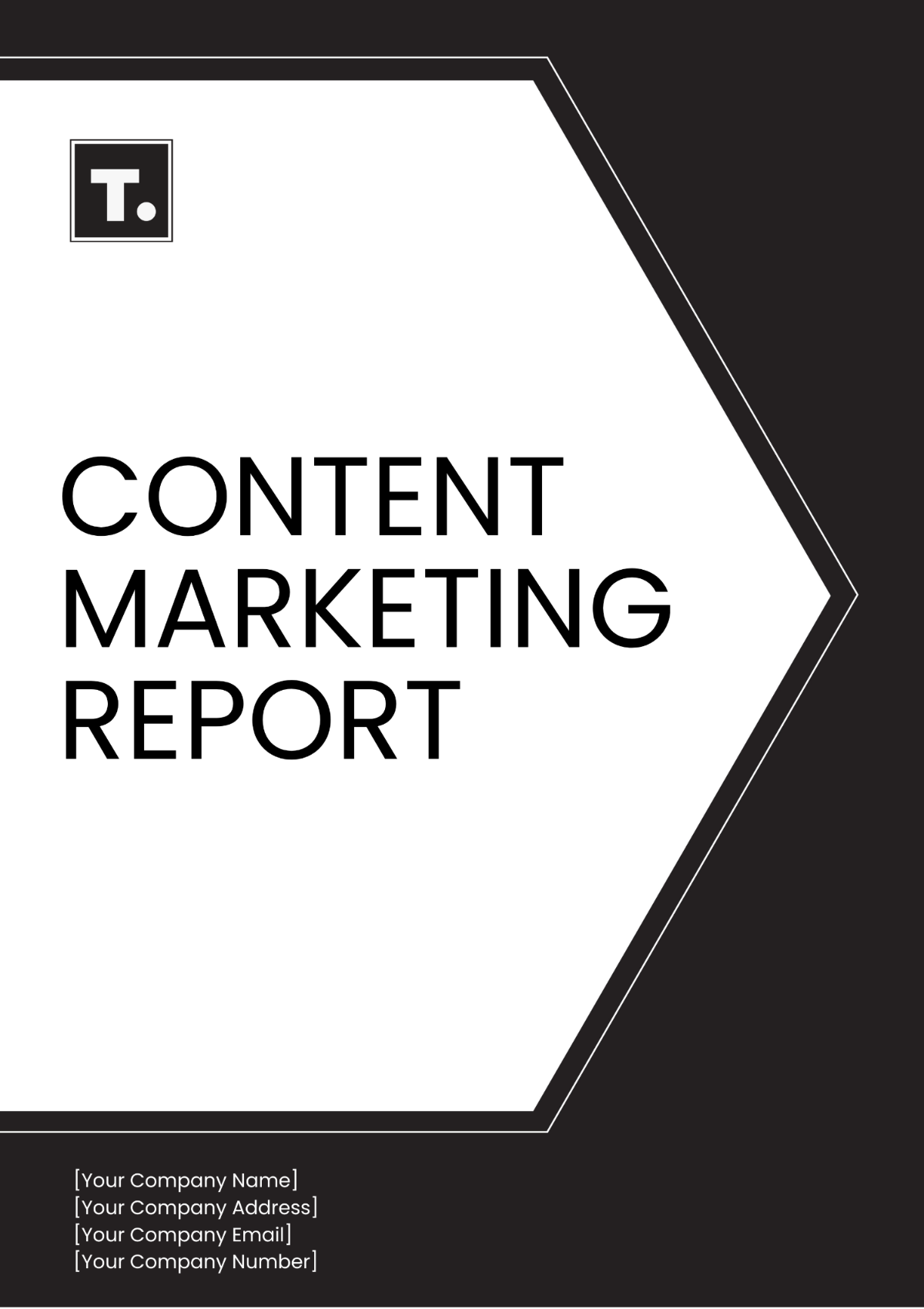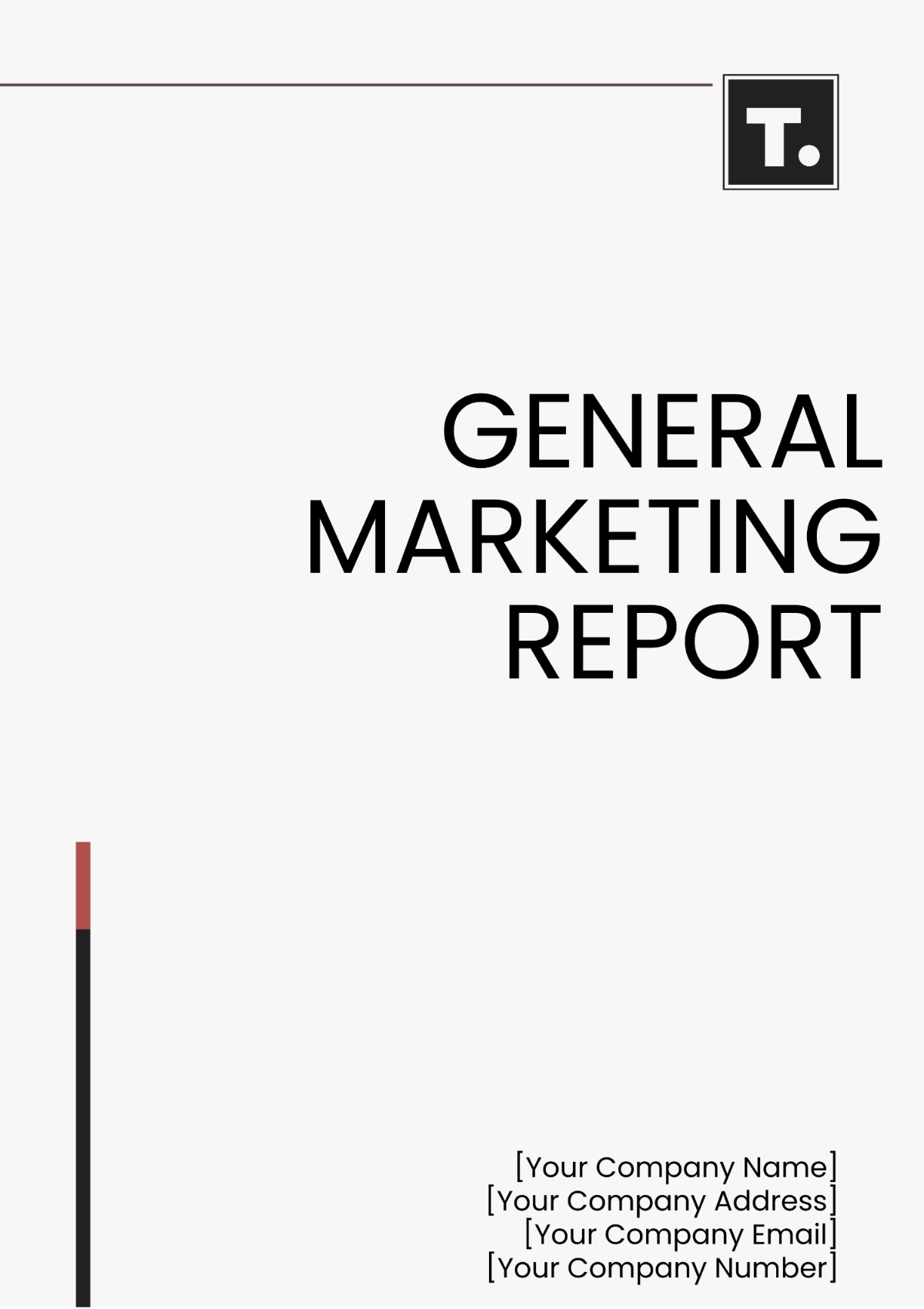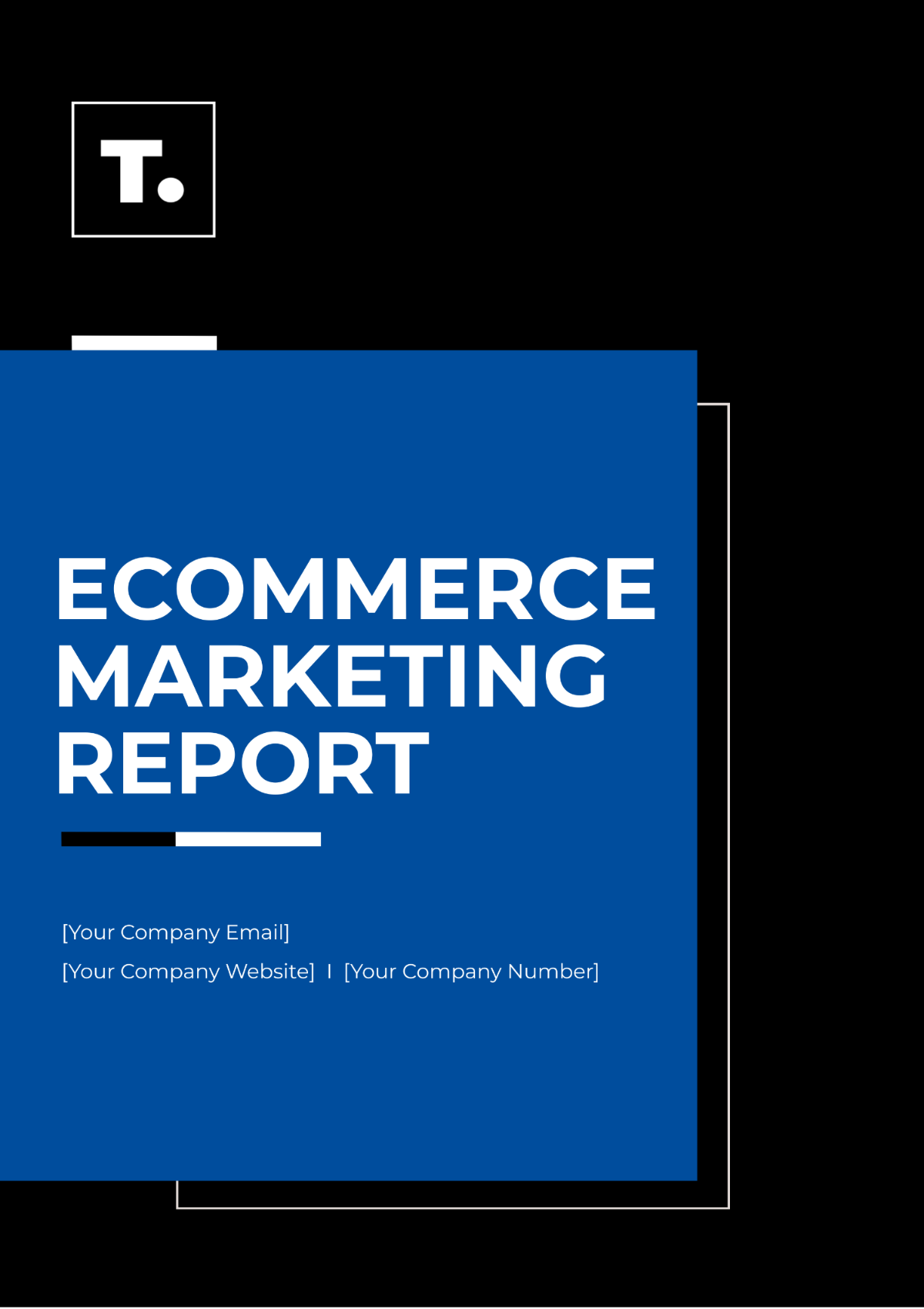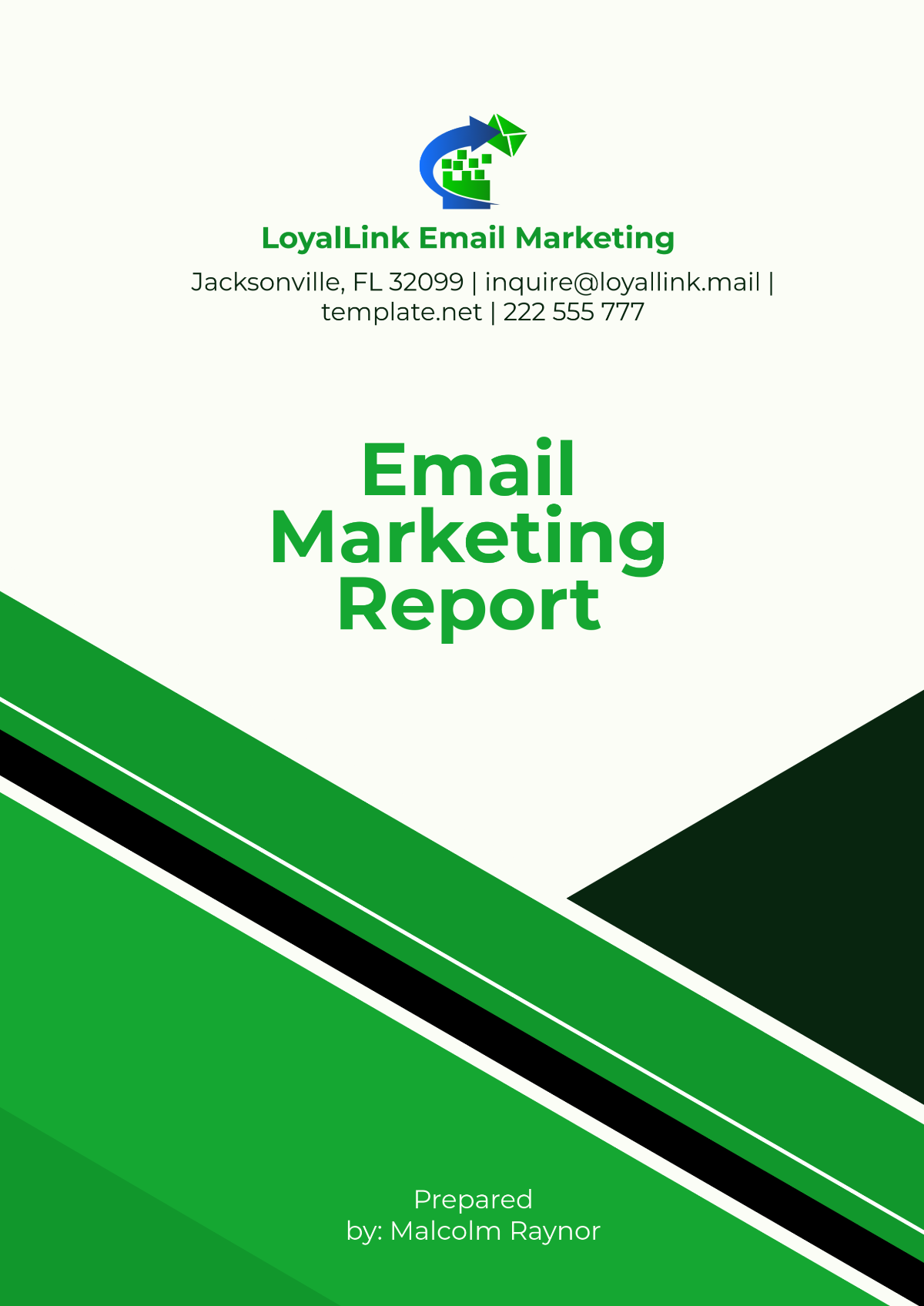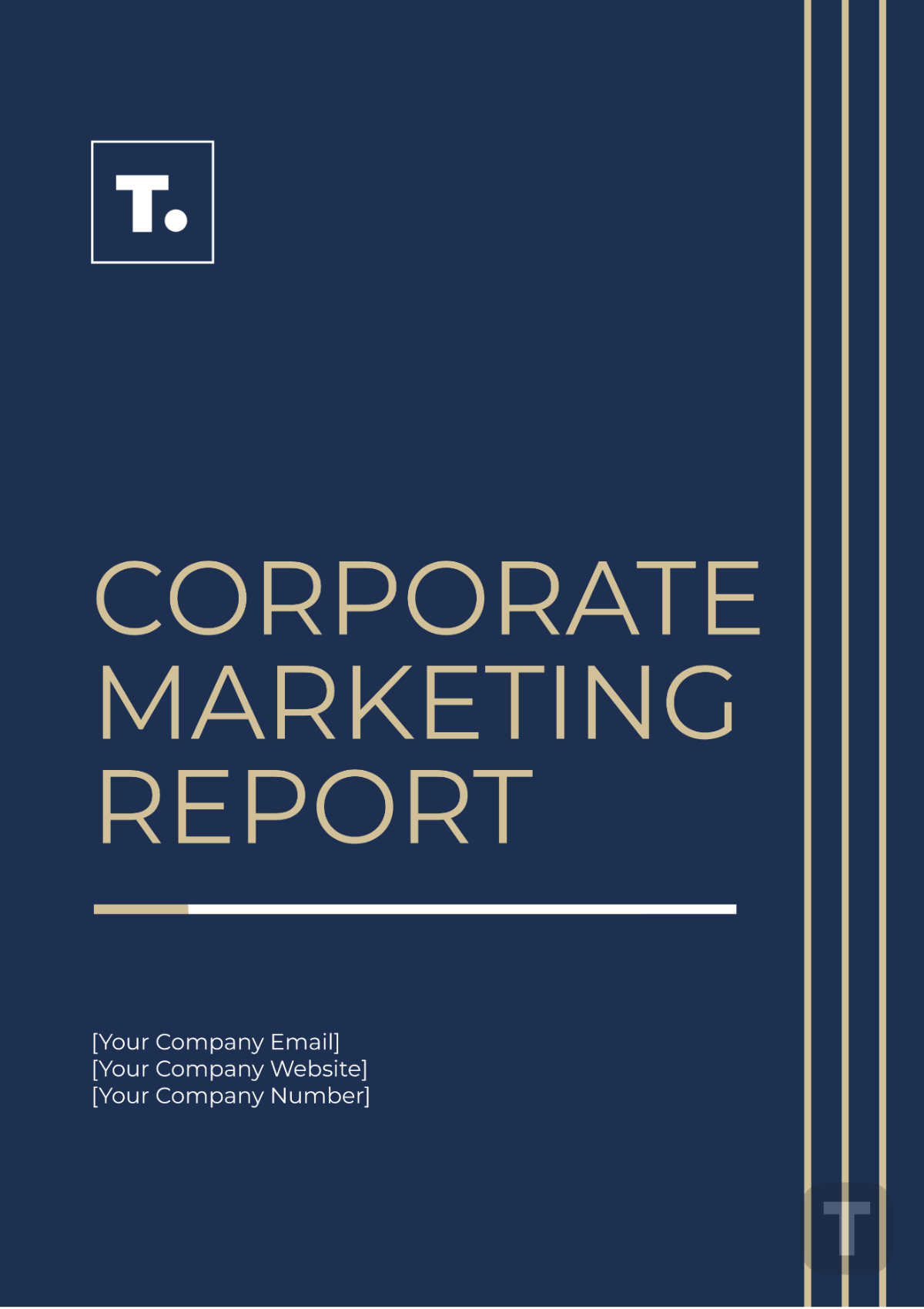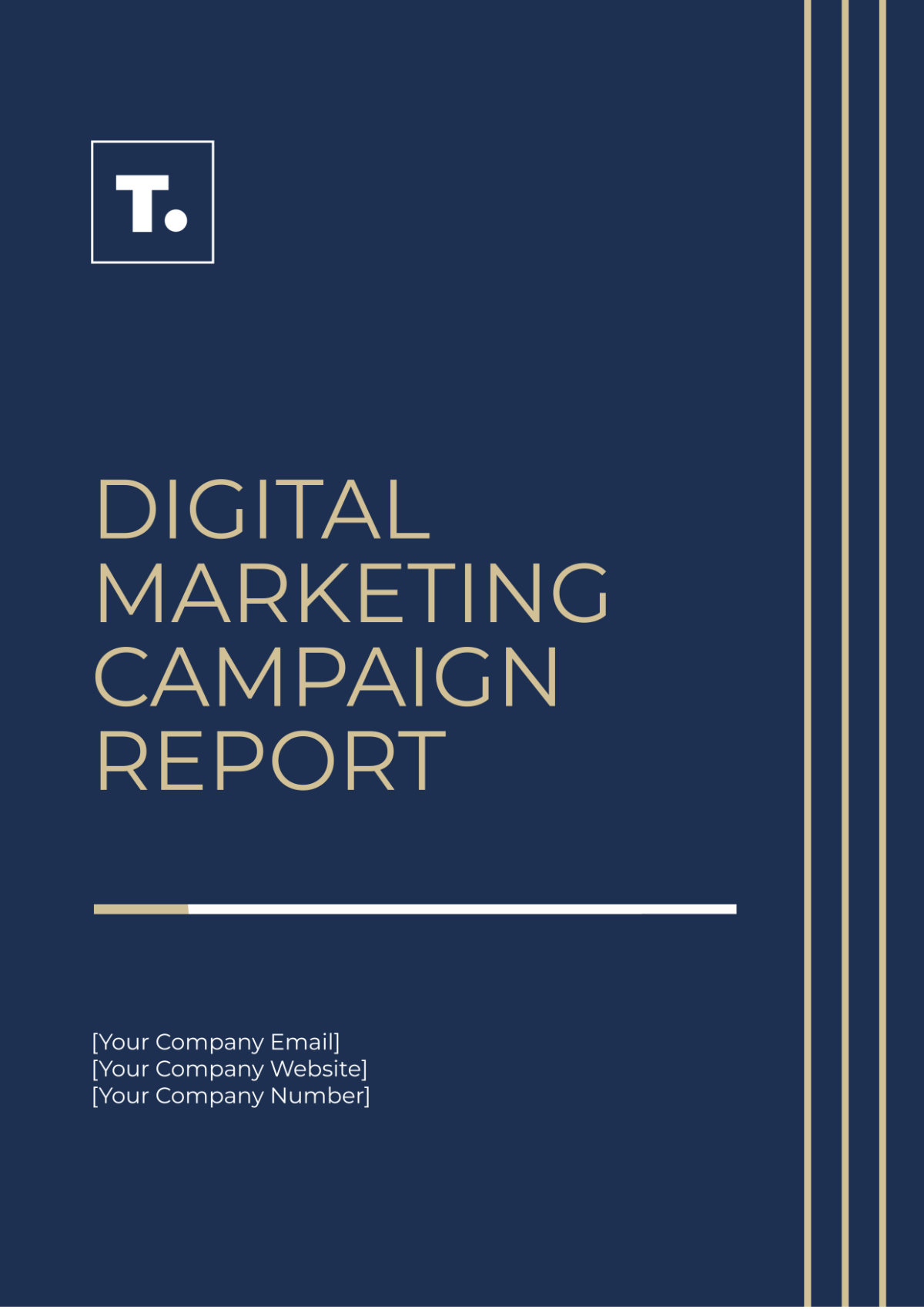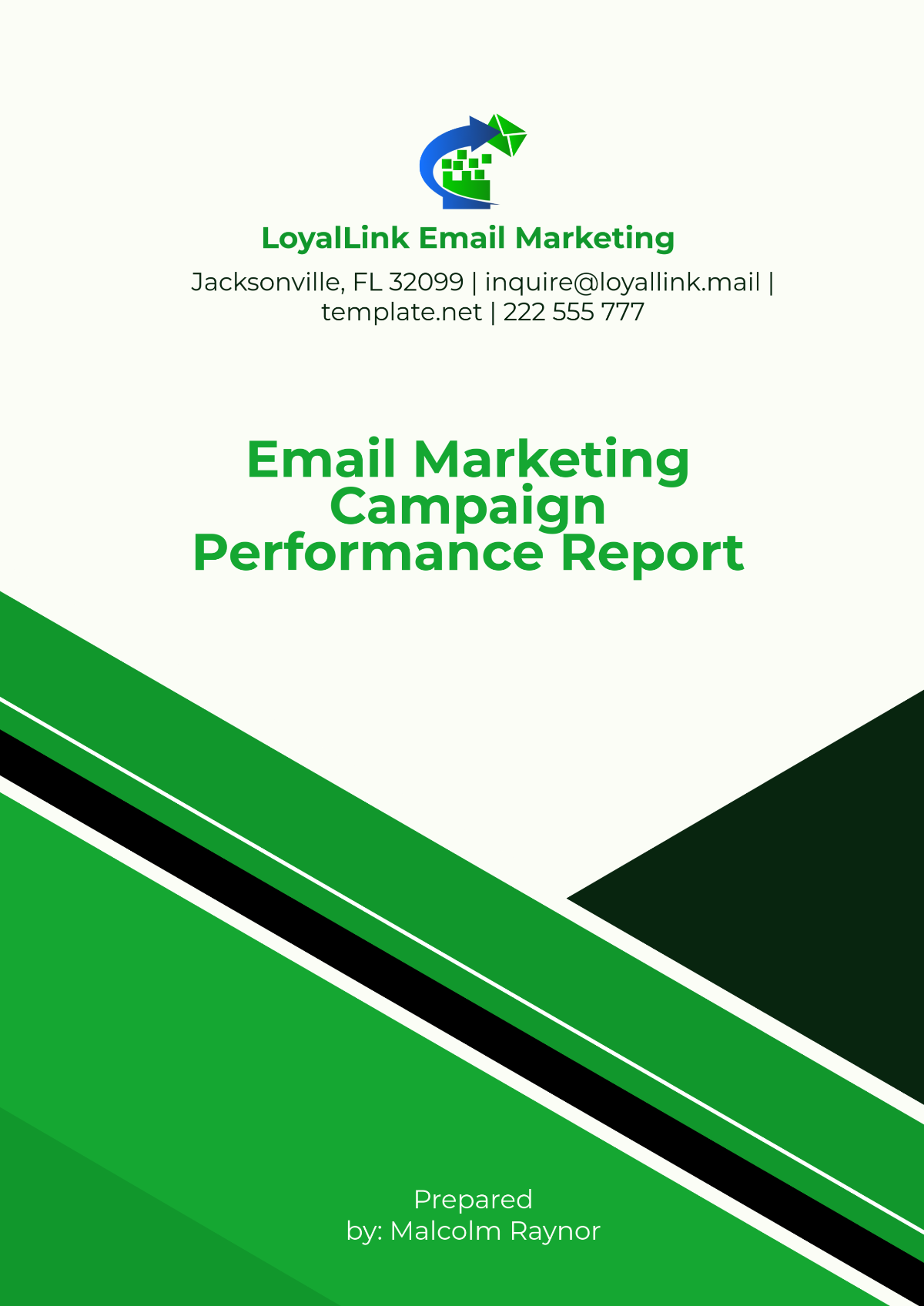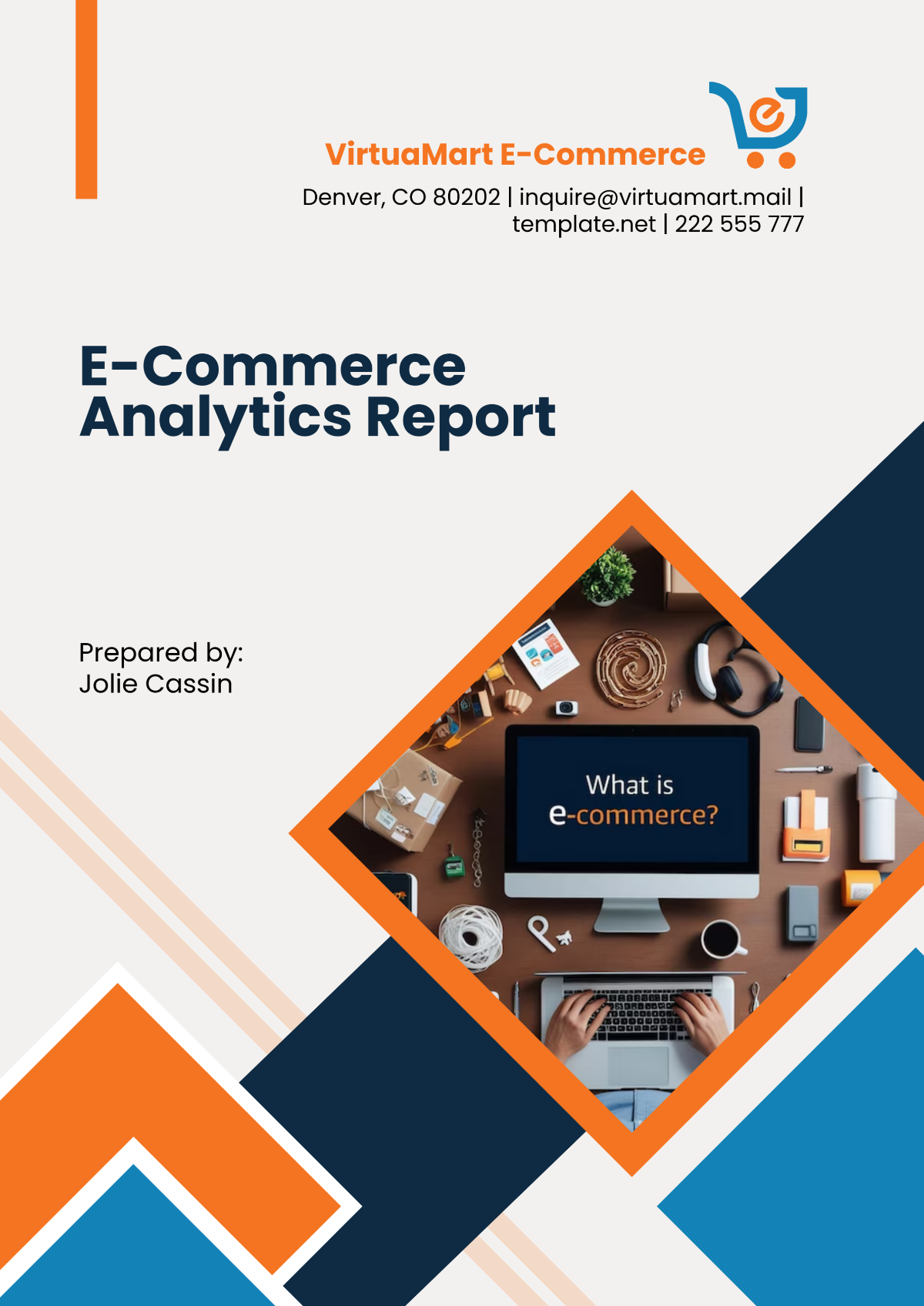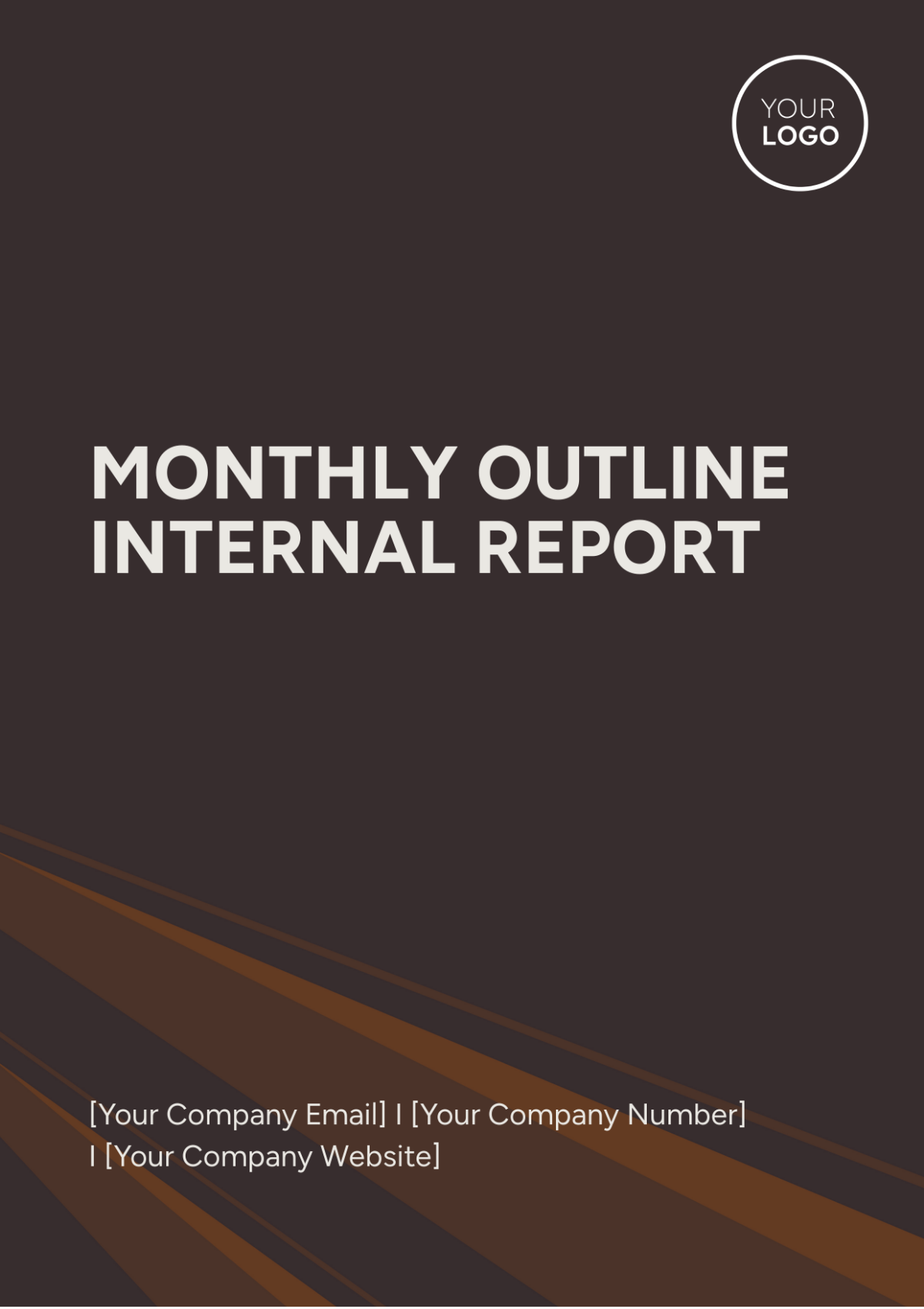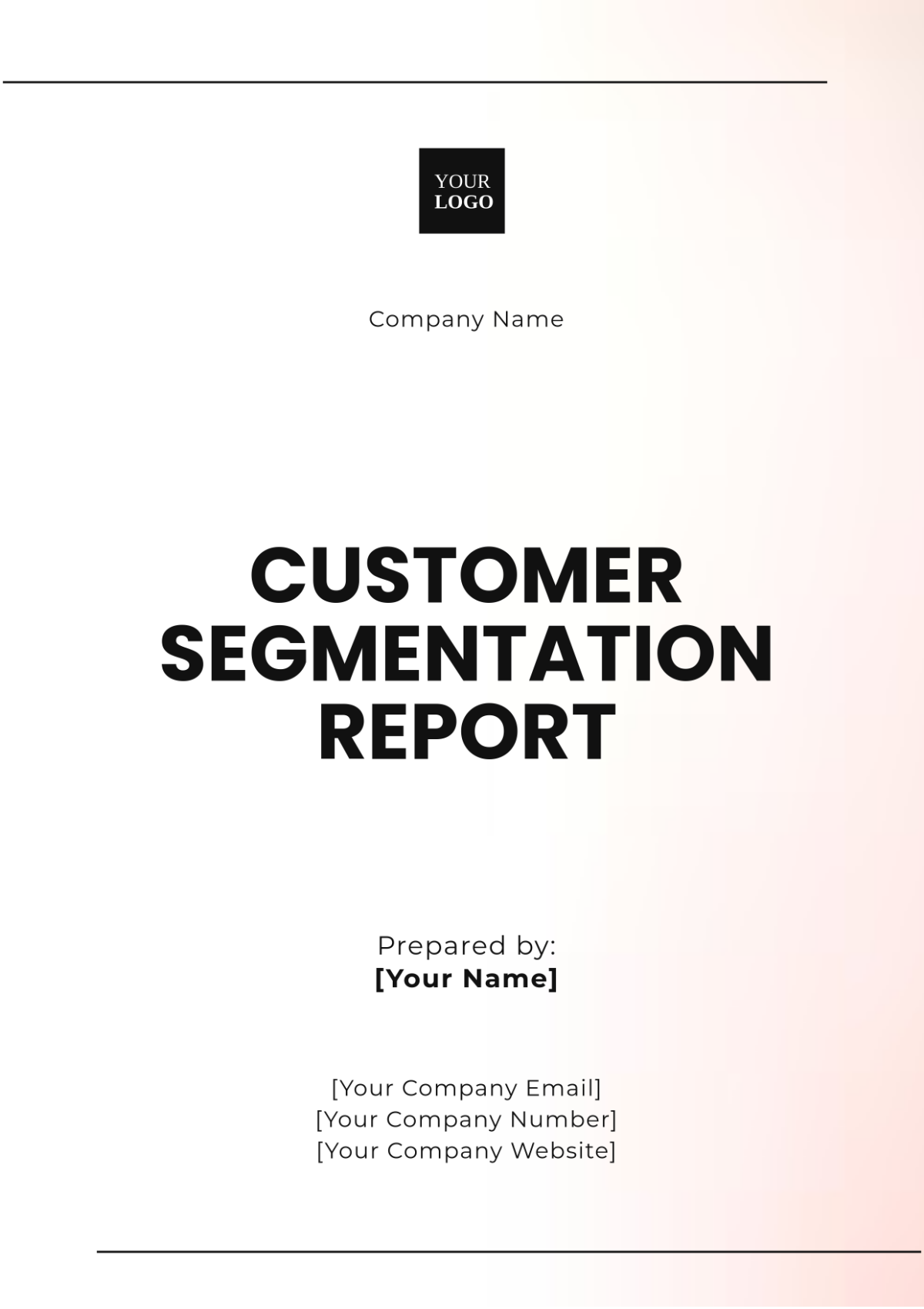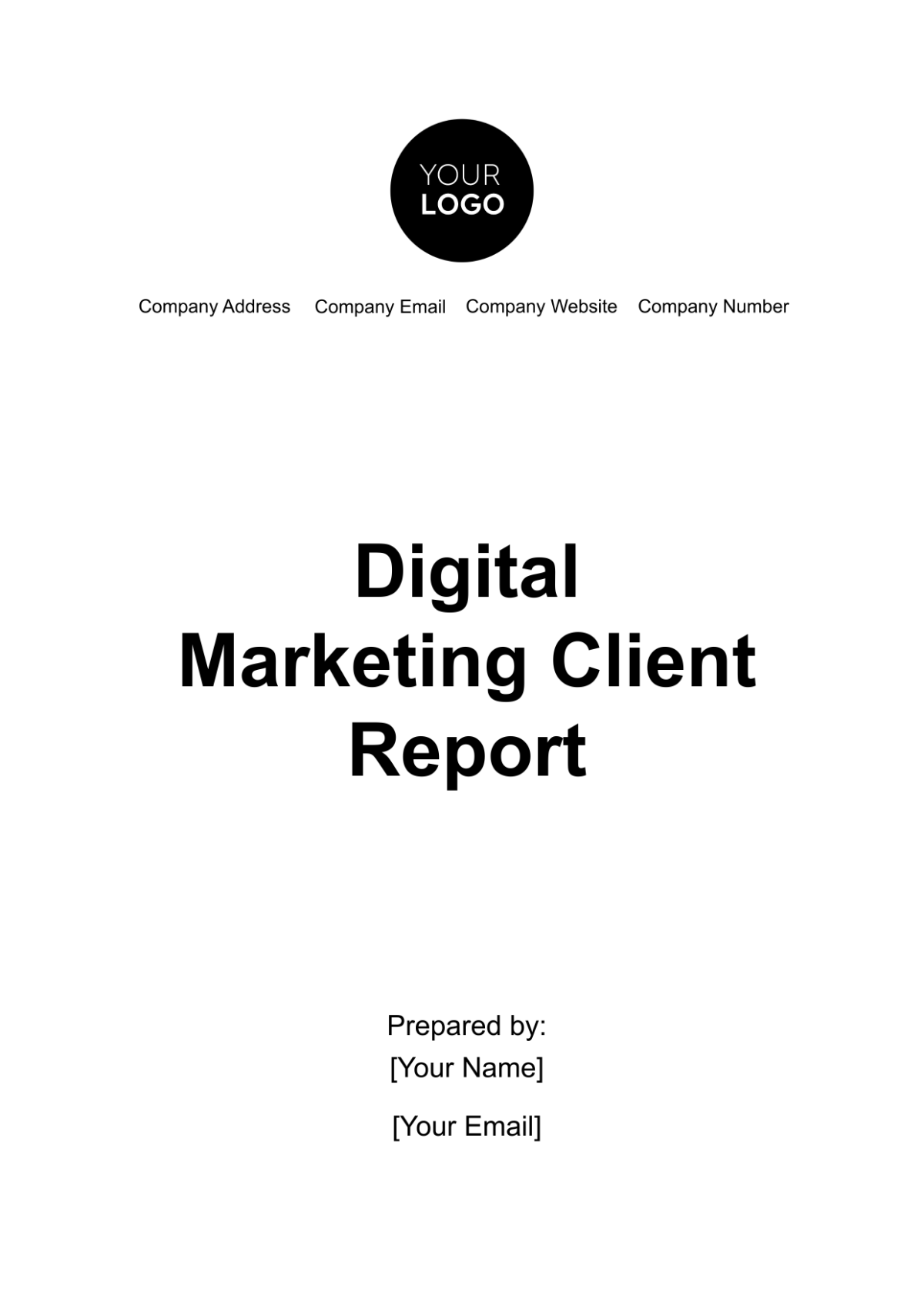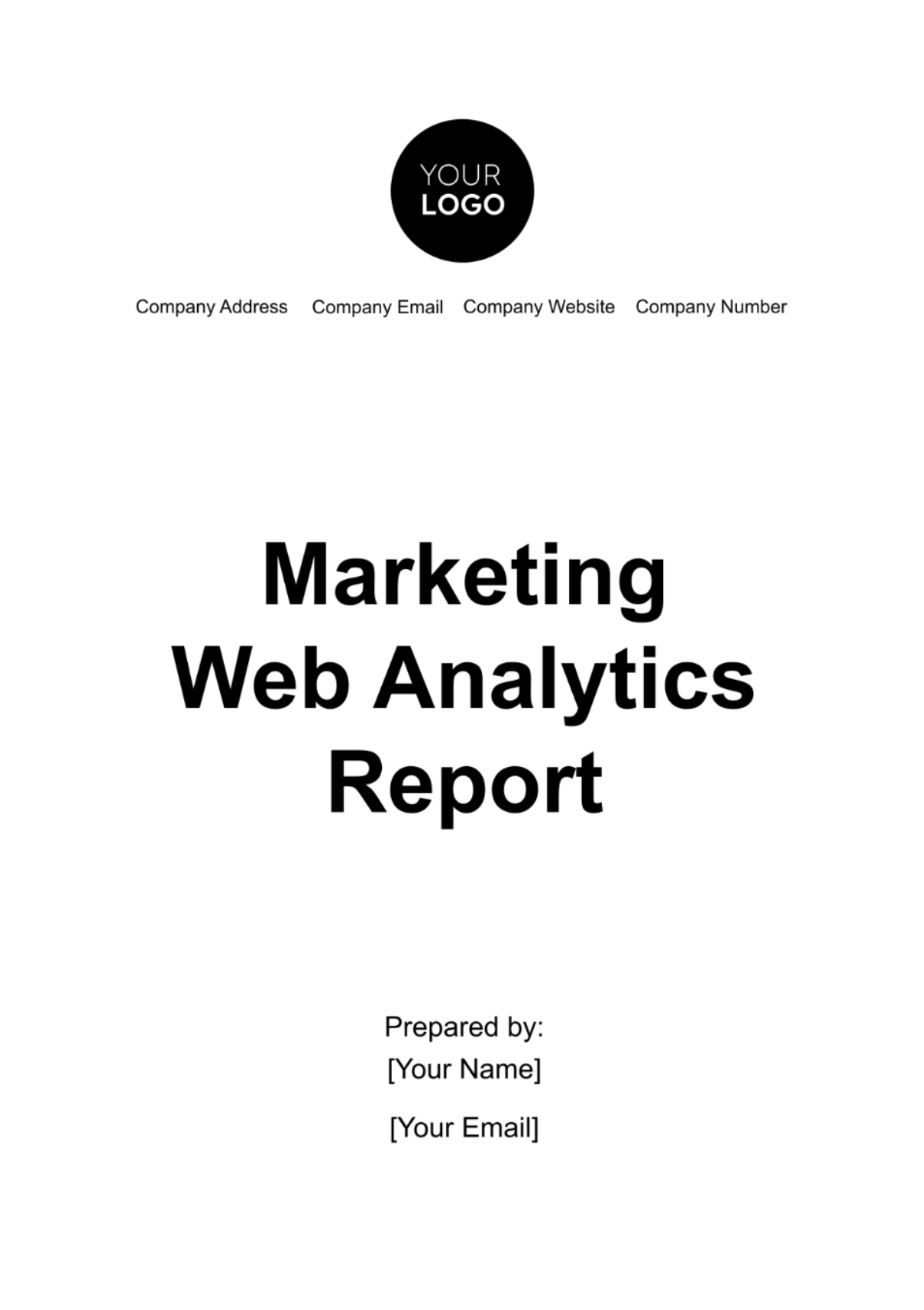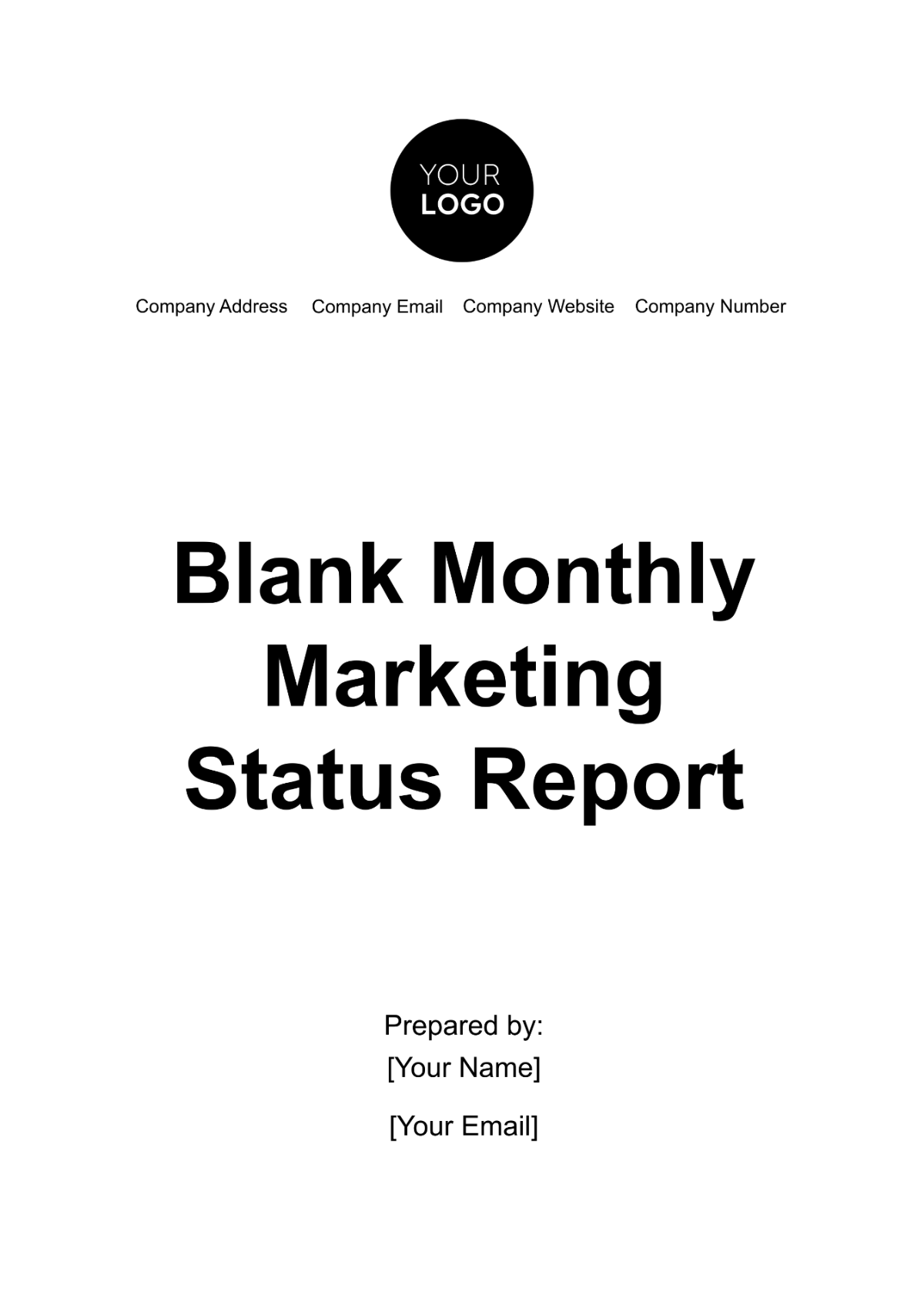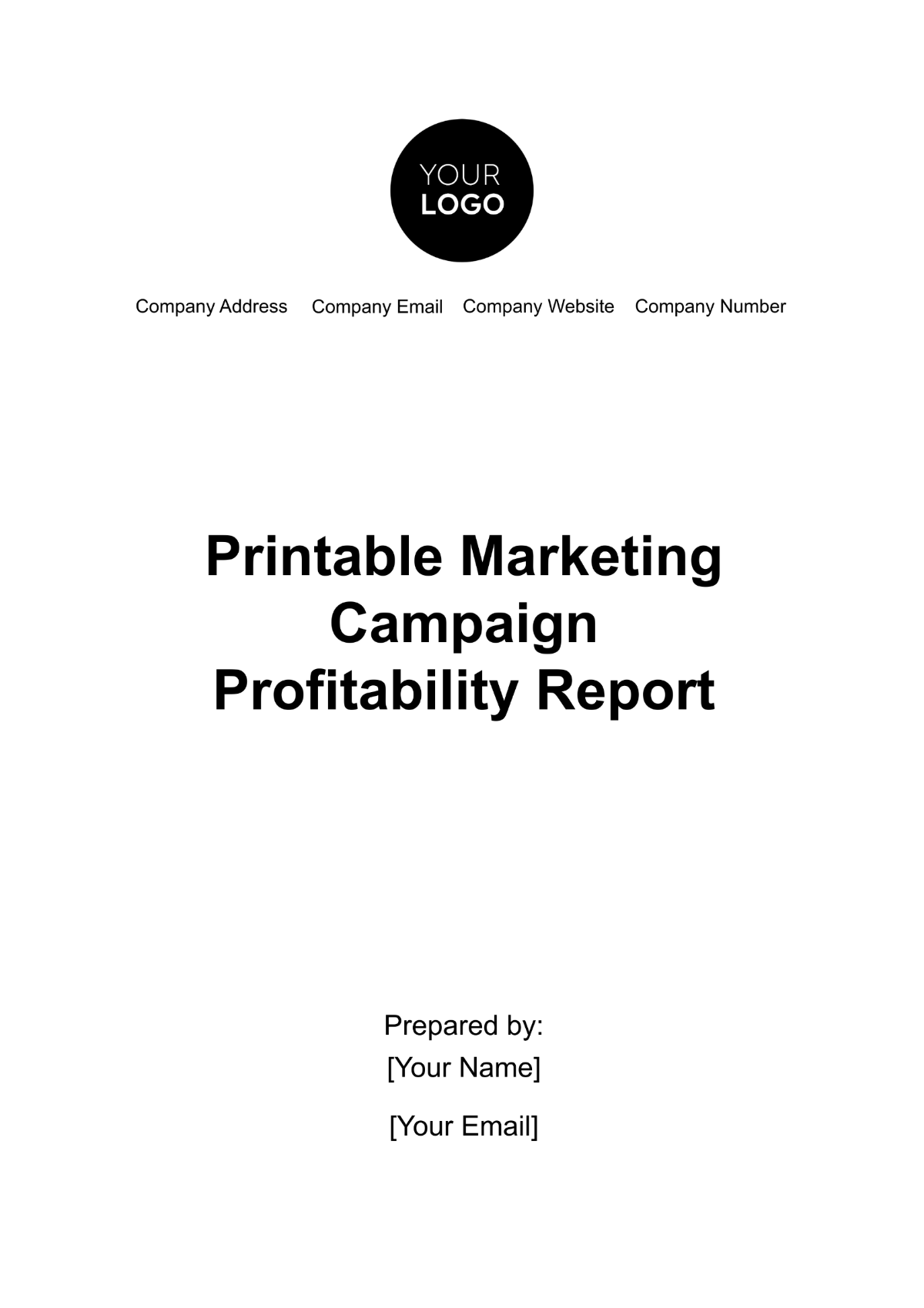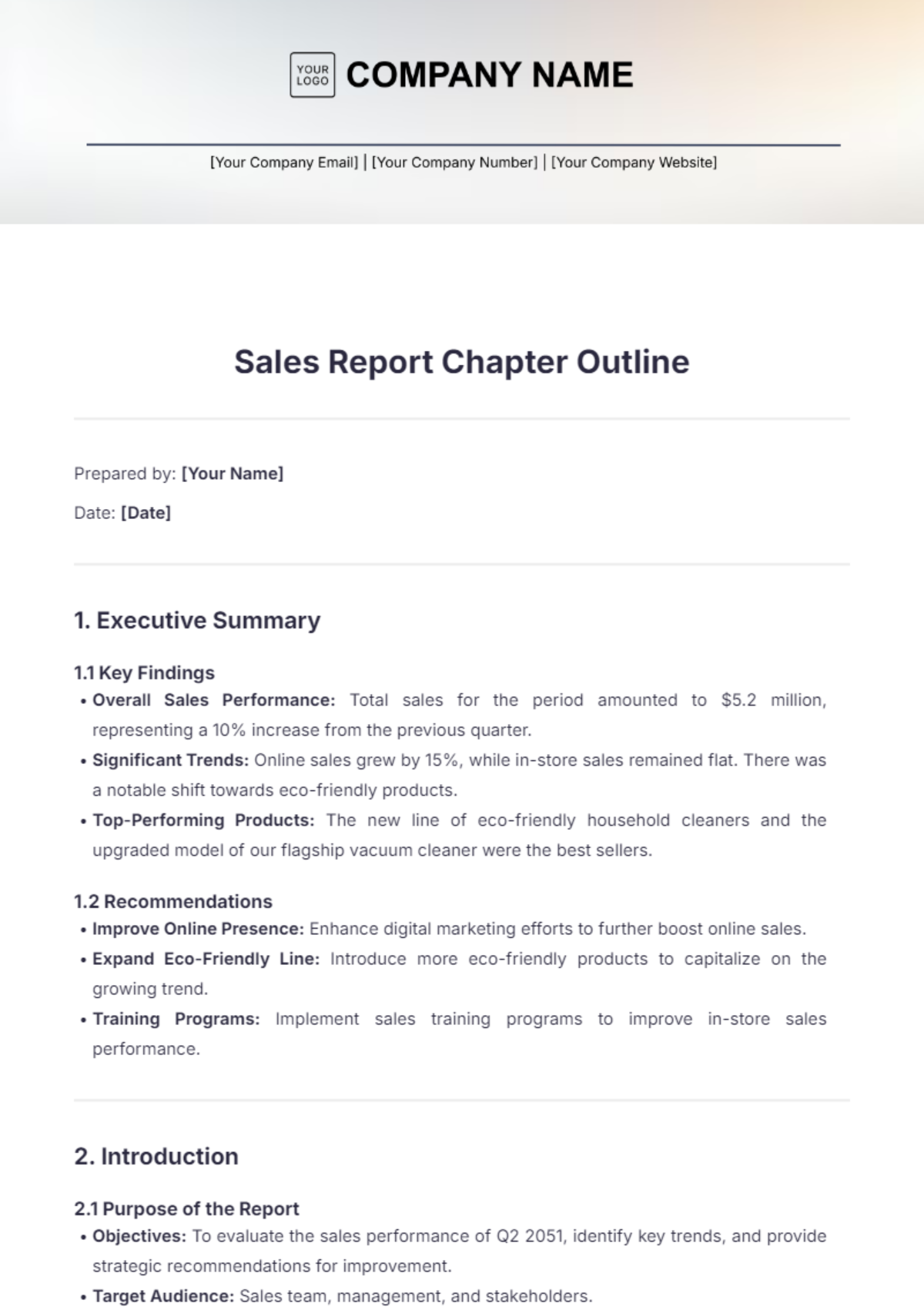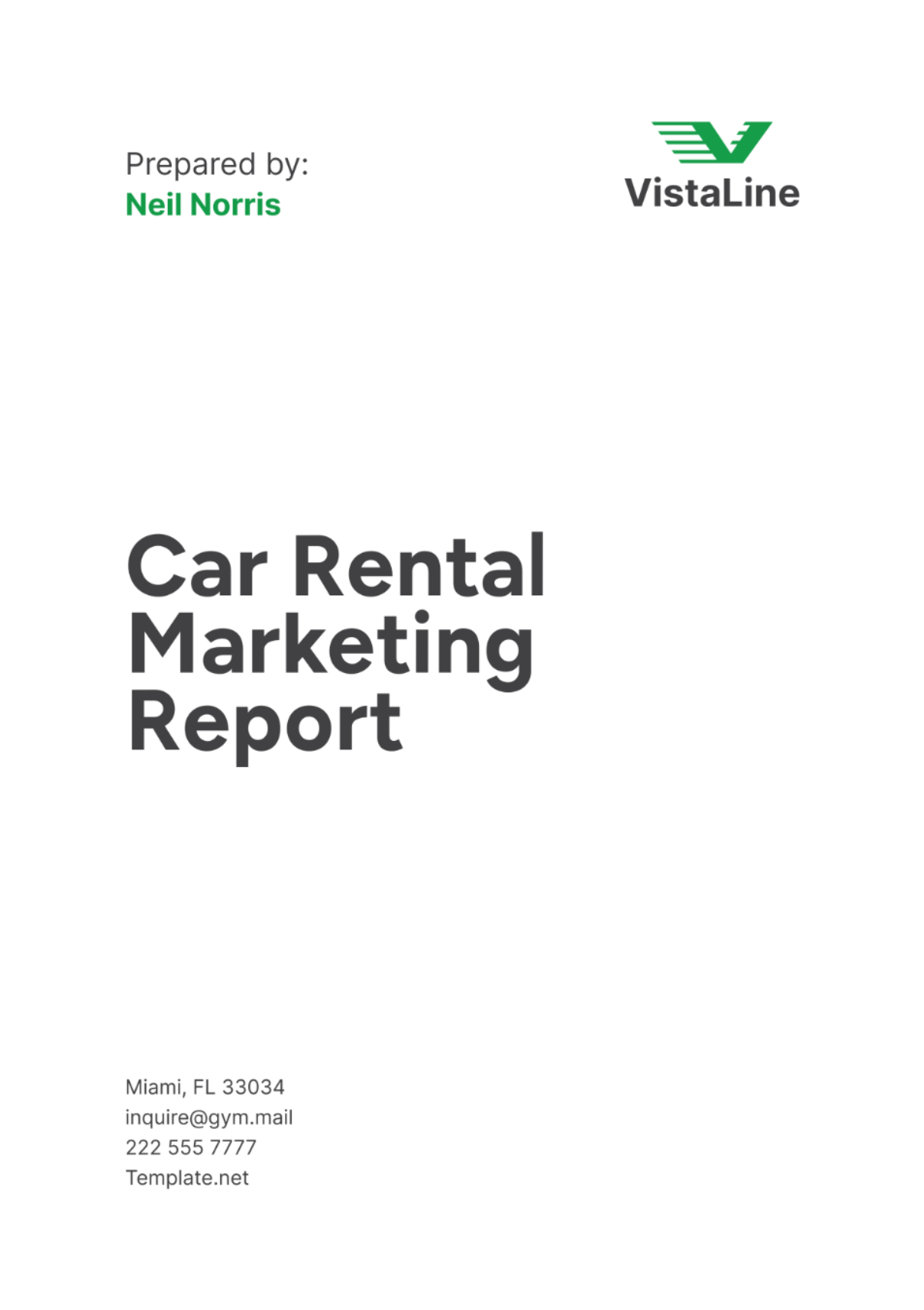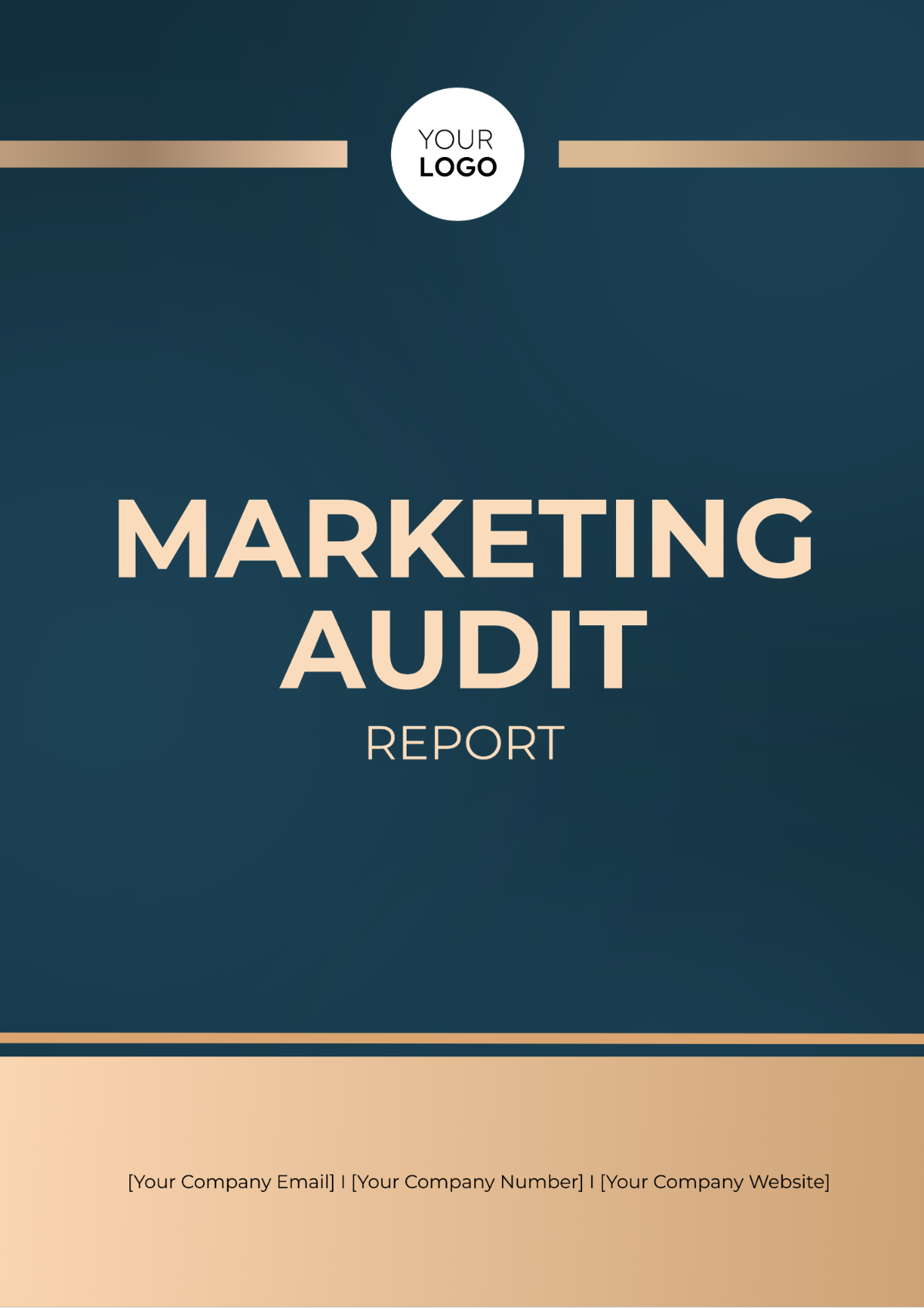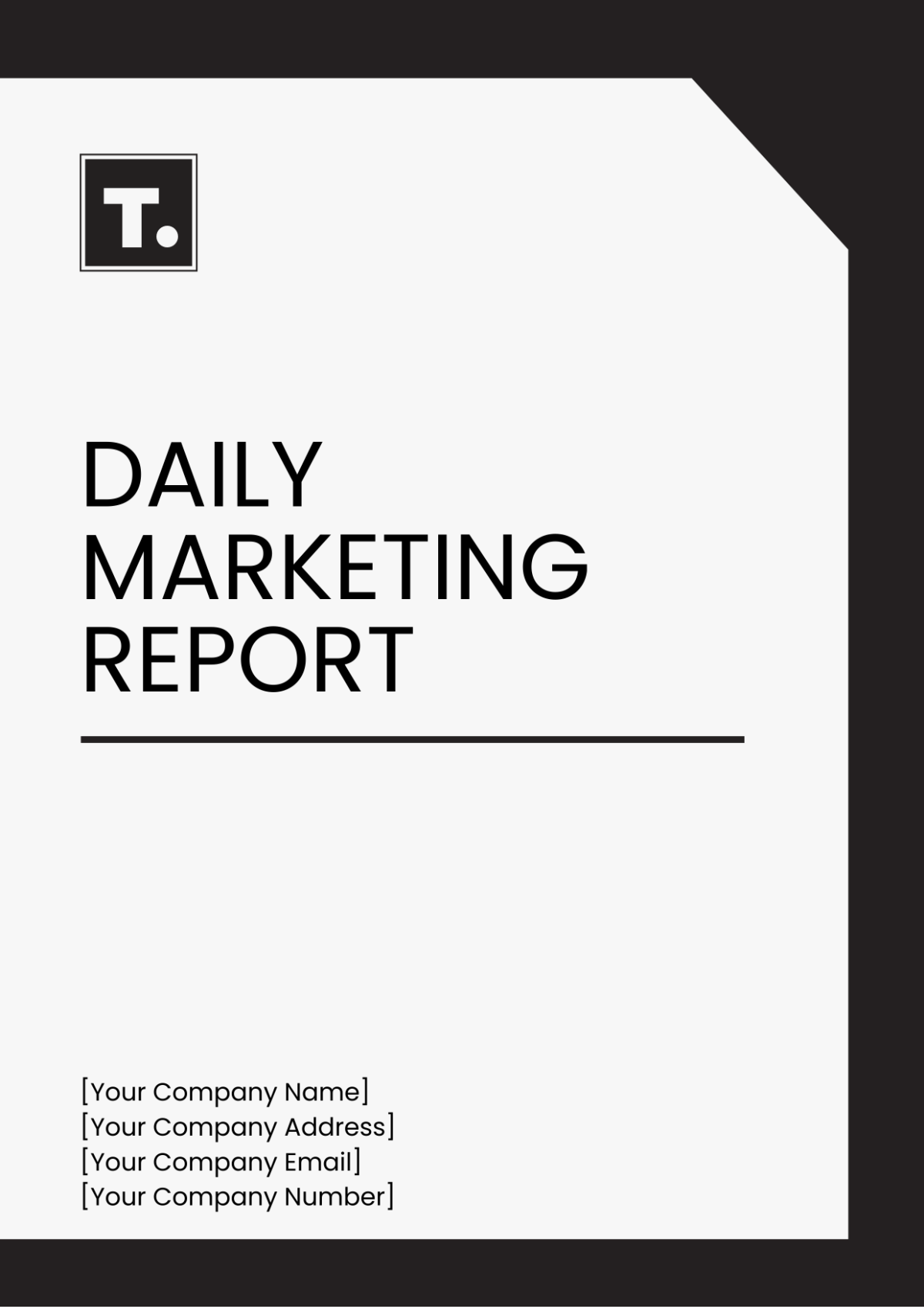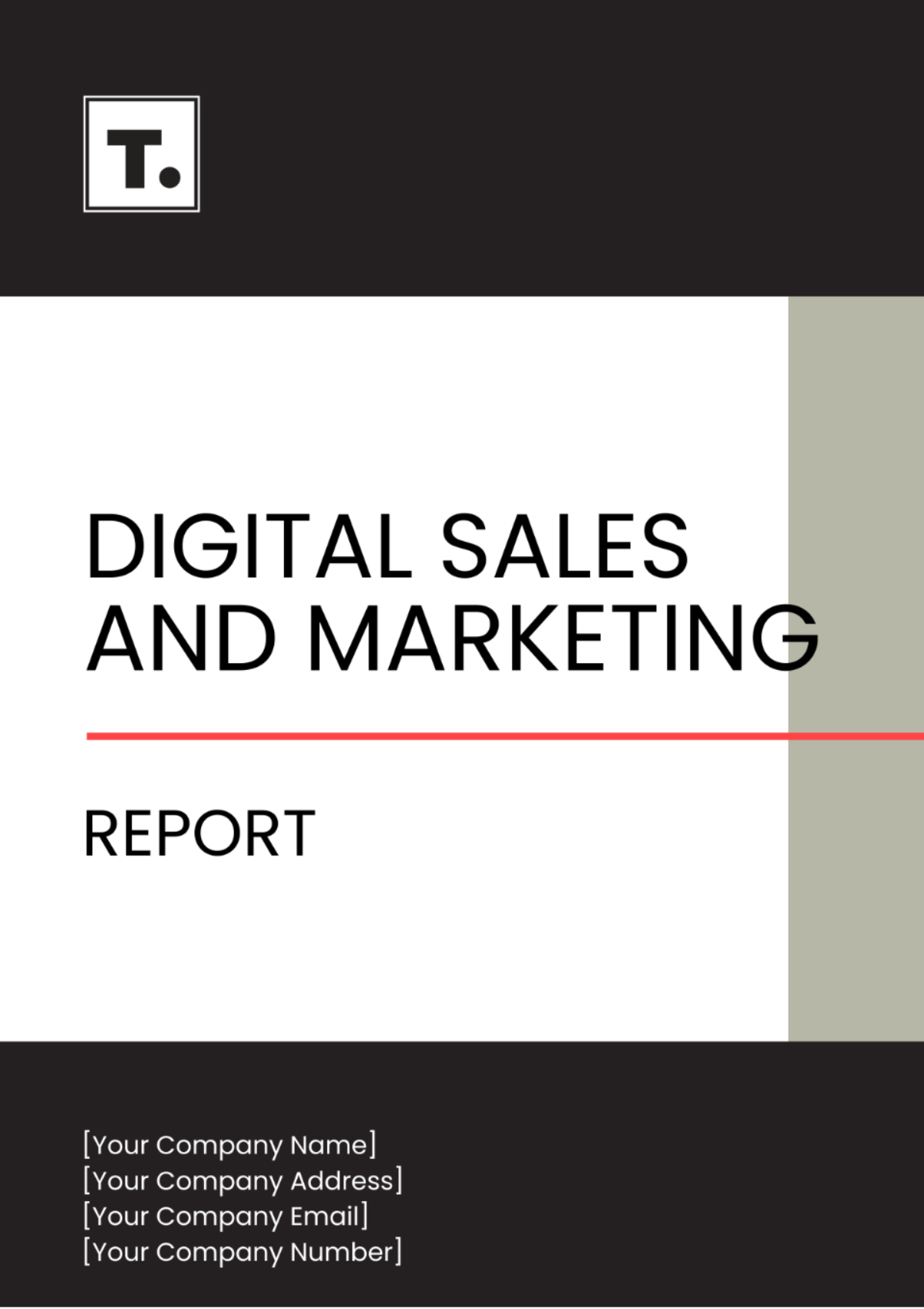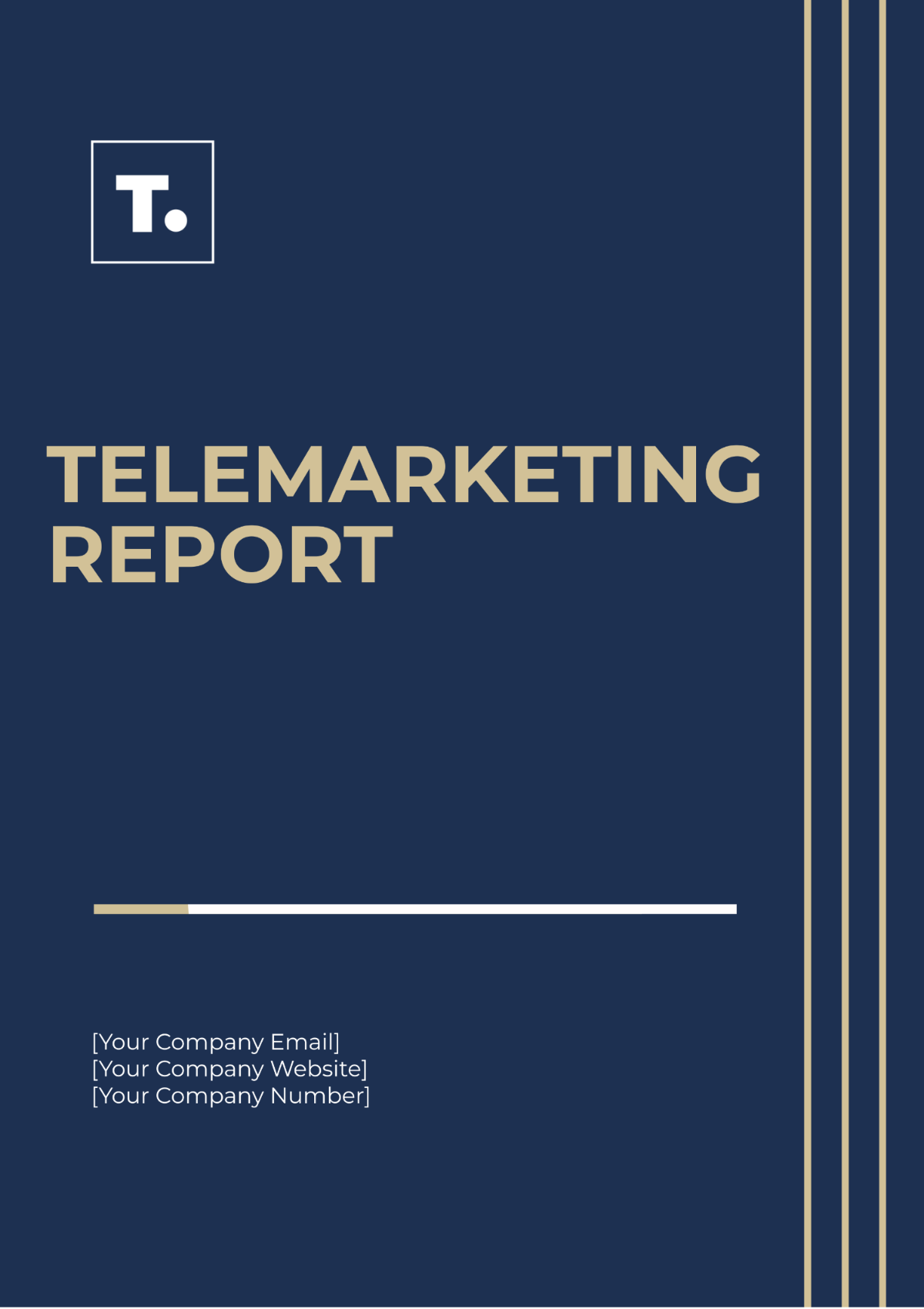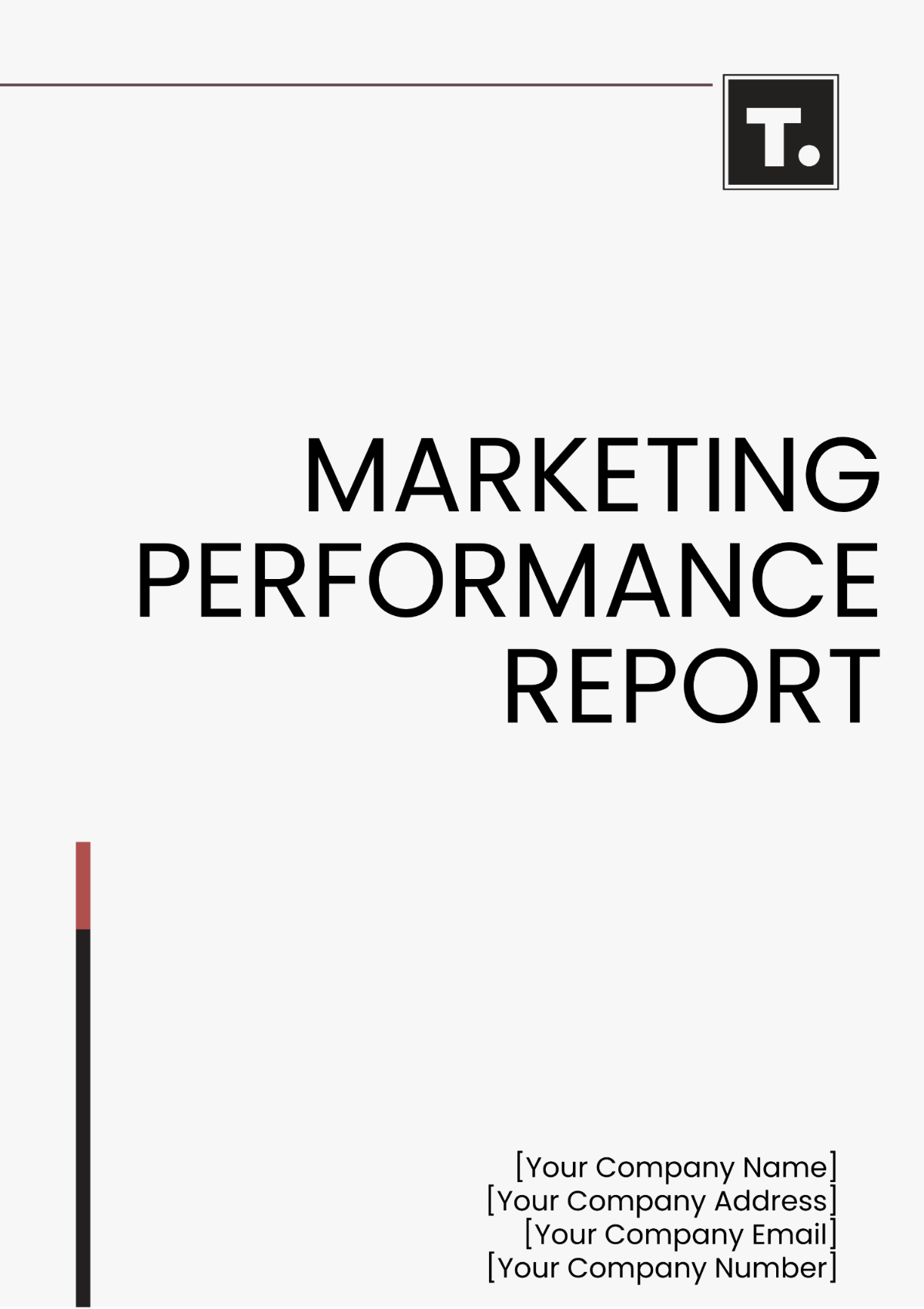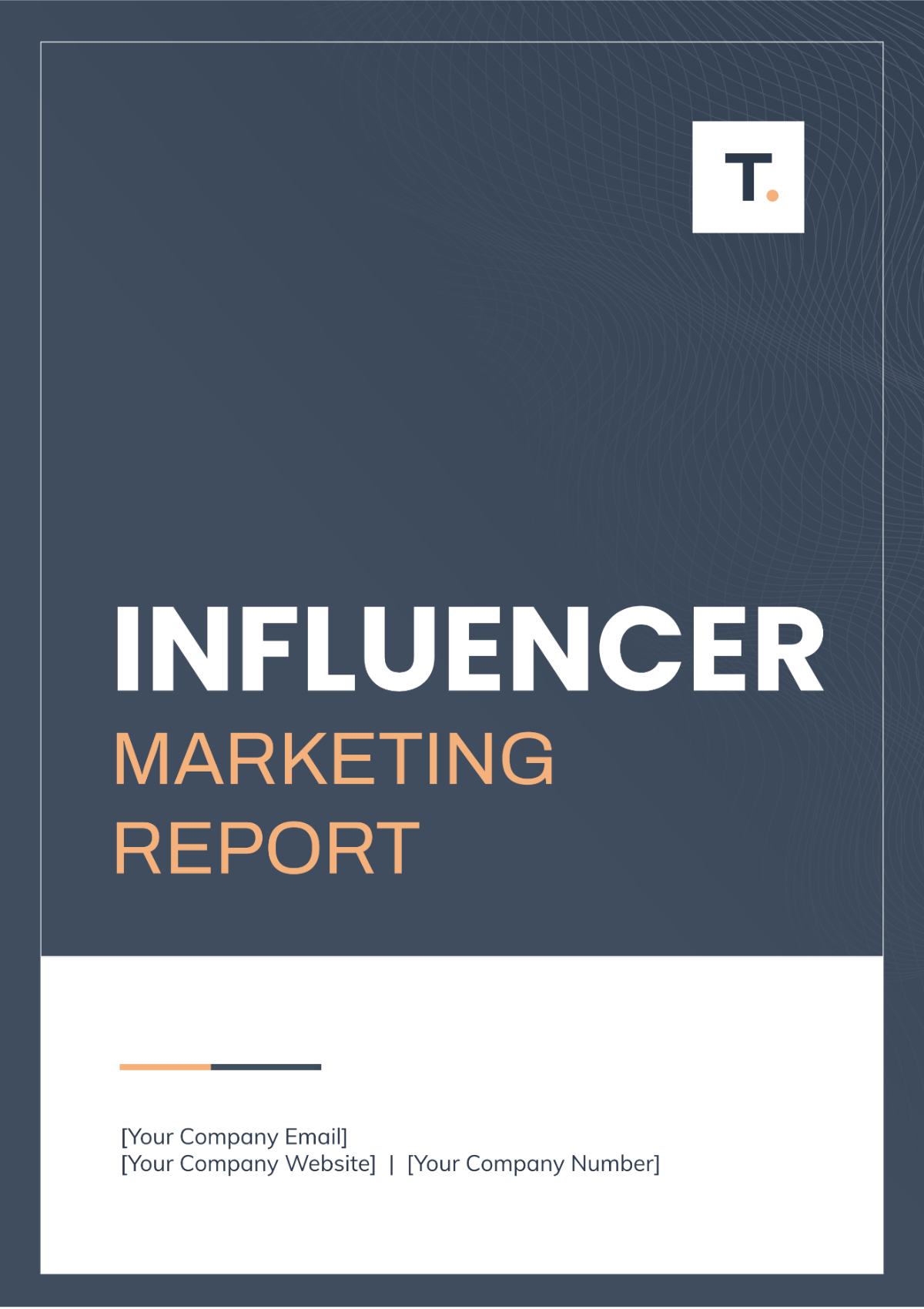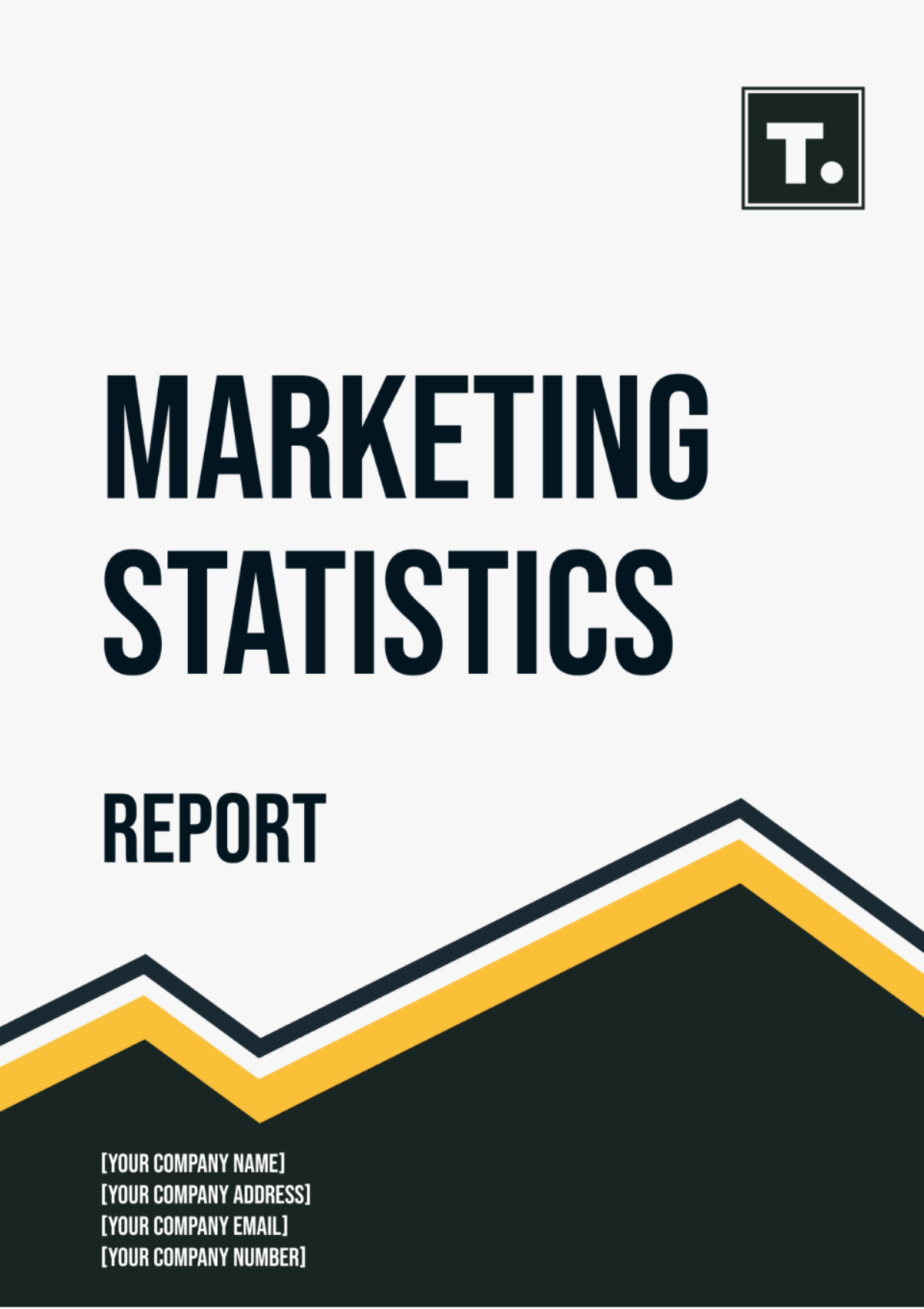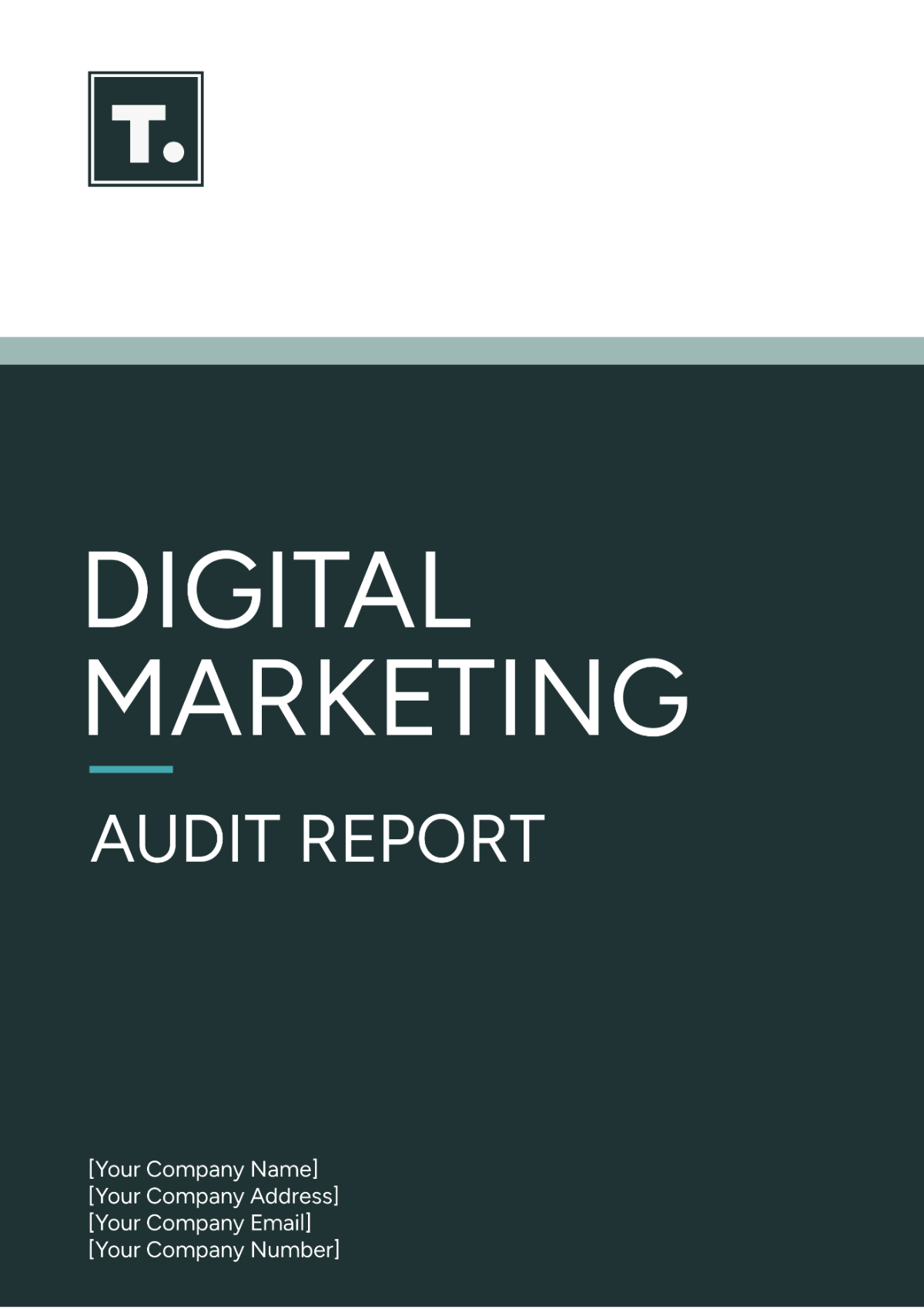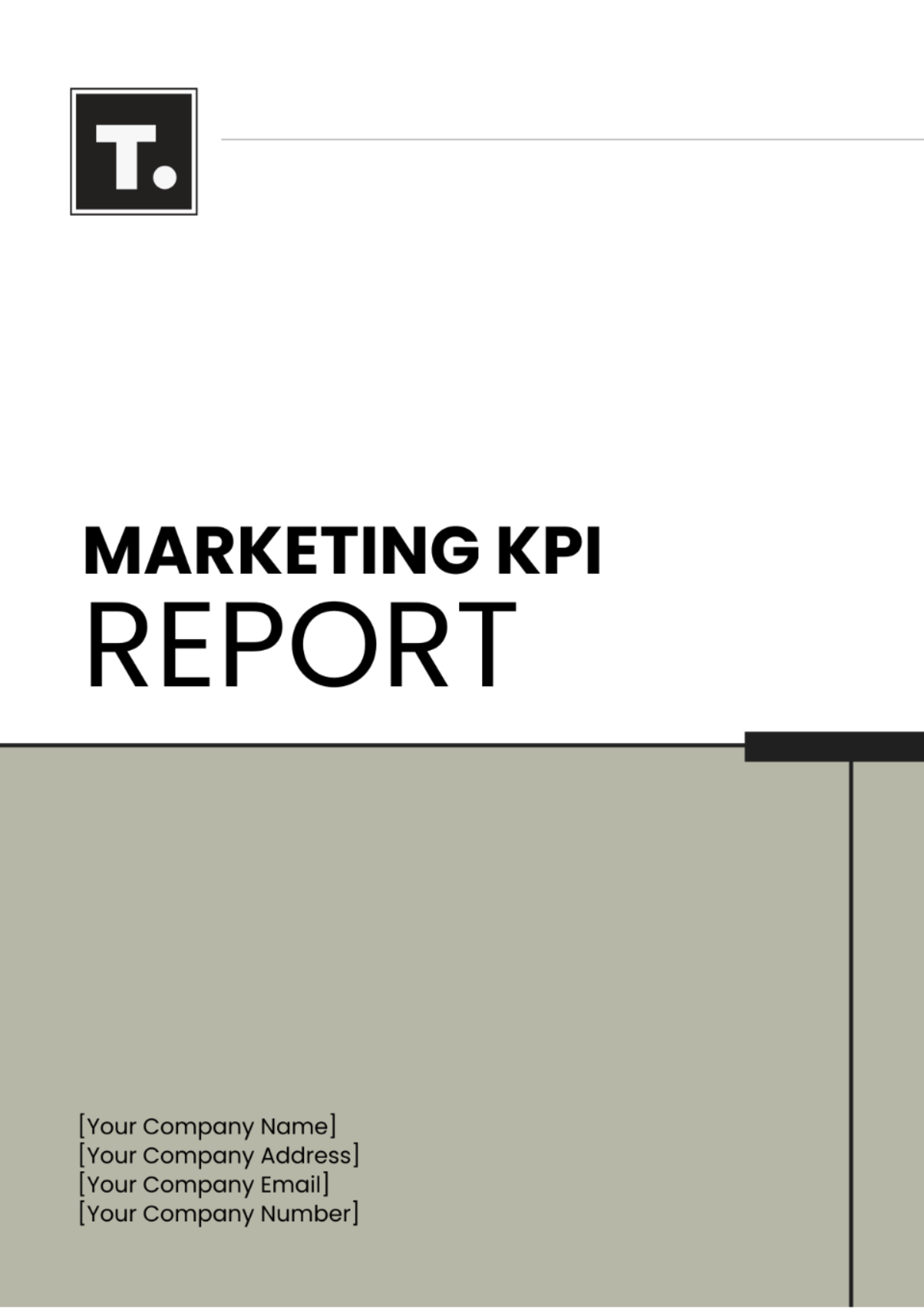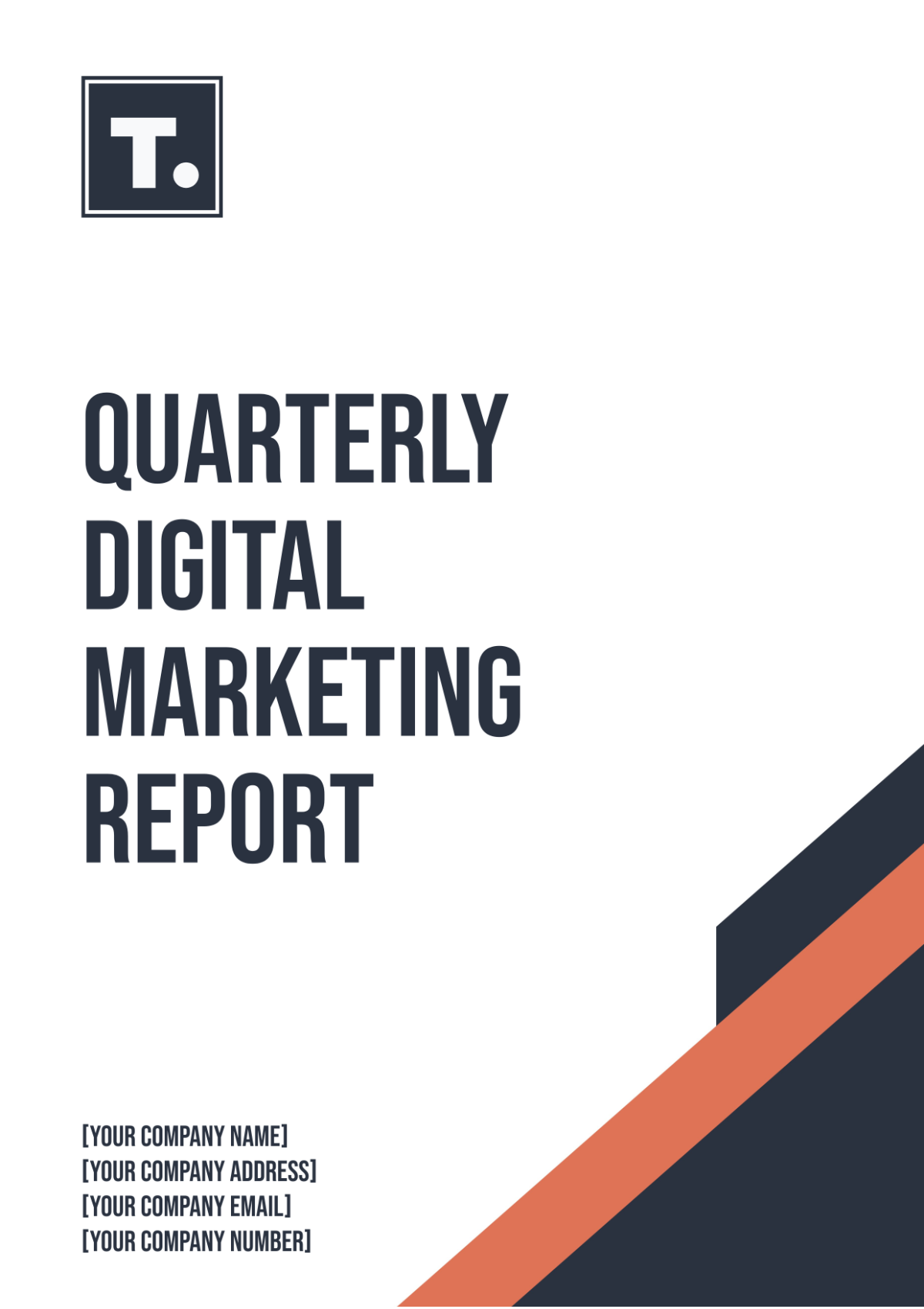Architecture Marketing Report
I. Executive Summary
In this comprehensive report, we evaluate the marketing efforts of [Your Company Name] through a thorough analysis of key metrics. Our aim is to provide detailed insights into the effectiveness of our marketing strategies and the performance of various campaigns. This report intends to give a clear overview of our current marketing landscape, highlighting successes and identifying areas for improvement.
The data presented in this report covers a wide range of marketing activities including social media campaigns, digital advertising, client engagement initiatives, and brand visibility efforts. Through a combination of quantitative data and qualitative analysis, we aim to offer a holistic view of our marketing impact over the past year. Key findings indicate significant progress in client engagement and brand recognition, although there are areas that require strategic adjustments to optimize our marketing ROI.
II. Introduction
This Marketing Report of [Your Company Name] aims to evaluate our marketing efforts through key metrics, providing comprehensive insights into our marketing strategies and campaign performance.
A. Scope of the Report
This report covers all marketing activities from January 2055 to December 2055. It encompasses both digital and traditional marketing channels, ensuring a holistic evaluation of our efforts.
It includes social media, email campaigns, print advertisements, and public relations activities. Each channel is analyzed to understand its contribution to overall marketing goals.
The report also evaluates client feedback and engagement levels. This dual focus helps us measure the effectiveness of our campaigns and identify areas for improvement.
B. Methodology
Data Collection: We collected data from multiple sources including Google Analytics, social media insights, and client surveys. This multi-source approach ensures a comprehensive view of our marketing performance.
Data Analysis: The collected data was analyzed using statistical methods to identify trends and measure performance. This rigorous analysis helps in drawing accurate conclusions about the efficacy of our marketing strategies.
Reporting: The findings are presented in a structured format, including tables and graphical representations for clarity. This format ensures that insights are easily understandable and actionable.
III. Marketing Performance Metrics
A. Social Media Engagement
The following table summarizes our social media engagement metrics for the year:
Platform | Followers | Engagement Rate | Click-Through Rate |
|---|---|---|---|
50,000 | 4.5% | 2.3% | |
75,000 | 6.2% | 3.1% | |
30,000 | 5.0% | 2.7% |
Facebook: With 50,000 followers, our engagement rate is 4.5%, indicating moderate interaction levels. The click-through rate (CTR) of 2.3% shows a need for more compelling content to drive user action.
Instagram: Our largest platform with 75,000 followers and a 6.2% engagement rate, demonstrating strong visual appeal and interaction. However, the 3.1% CTR suggests potential for improving call-to-action effectiveness to convert engagement into tangible outcomes.
LinkedIn: With a professional audience of 30,000 followers, the 5.0% engagement rate is promising, though the 2.7% CTR highlights a need for more targeted professional content to drive higher conversion rates.
Increasing the engagement rate and CTR on all platforms should be a key focus. Tailoring content to platform-specific audiences and enhancing the quality of calls-to-action can drive better results. Specifically, for Facebook and LinkedIn, developing more engaging and targeted content can help in achieving higher engagement and CTR. For Instagram, leveraging its visual nature to create more dynamic and interactive content can further boost engagement and conversions.
B. Email Campaign Performance
The following table outlines the performance metrics of our email campaigns for 2055:
Campaign | Open Rate | Click-Through Rate | Conversion Rate |
|---|---|---|---|
Newsletter | 35.0% | 7.5% | 2.0% |
Promotional | 25.0% | 5.0% | 1.5% |
Event Invite | 40.0% | 10.0% | 3.5% |
Newsletter: With a 35.0% open rate and a 7.5% CTR, our newsletters are engaging well with recipients. The 2.0% conversion rate indicates that our content is driving actions, but there is room for improvement in converting opens to conversions.
Promotional: The 25.0% open rate and 5.0% CTR for promotional emails are lower, suggesting these emails might need better targeting or more compelling offers. The 1.5% conversion rate highlights the need for stronger calls-to-action.
Event Invite: High engagement with a 40.0% open rate and a 10.0% CTR reflects strong interest in our events. The 3.5% conversion rate shows effective follow-through from recipients, making this our most successful email type.
Enhancing email segmentation and personalization can improve open and conversion rates across all campaigns. By tailoring content to specific audience segments and optimizing send times, we can increase engagement and drive higher conversions. Additionally, A/B testing subject lines and call-to-action placement can provide insights into what resonates best with our audience, allowing us to refine our email strategies for better performance.
IV. Client Engagement Initiatives
A. Client Feedback and Satisfaction
The following table outlines the results from our client satisfaction survey conducted in November 2055:
Metric | Score (out of 5) |
|---|---|
Overall Satisfaction | 4.2 |
Communication Efficiency | 4.5 |
Project Delivery Timeliness | 4.0 |
Quality of Work | 4.6 |
Overall Satisfaction: A score of 4.2 reflects general satisfaction but indicates areas for further improvement to achieve higher client delight.
Communication Efficiency: Scoring 4.5, this metric shows strong client appreciation for our communication practices, highlighting the effectiveness of our client interaction strategies.
Project Delivery Timeliness: At 4.0, there is a need to enhance our project management processes to meet client deadlines more effectively, ensuring timely delivery without compromising quality.
Quality of Work: The highest score of 4.6 demonstrates high client approval of our architectural output, showcasing our commitment to delivering exceptional quality in our projects.
Maintaining high-quality work while improving project delivery times can elevate overall client satisfaction. Continuous feedback loops and timely communication are essential for sustaining client trust and loyalty. By focusing on refining project management and maintaining open, efficient communication, we can enhance client relationships and drive repeat business and referrals. Additionally, leveraging client feedback to continually improve service delivery ensures we remain responsive to client needs and expectations.
B. Client Engagement Events
The following table summarizes key client engagement events held in 2055:
Event | Date | Attendance | Feedback Score (out of 5) |
|---|---|---|---|
Annual Gala | May 15 | 150 | 4.8 |
Design Workshop | August 22 | 50 | 4.5 |
Client Appreciation Day | November 10 | 100 | 4.7 |
Annual Gala: With 150 attendees and a feedback score of 4.8, the Annual Gala was highly successful, indicating strong client appreciation and high satisfaction with the event.
Design Workshop: Attracting 50 participants, the workshop received a 4.5 feedback score, reflecting the value clients place on educational and interactive events.
Client Appreciation Day: Drawing 100 attendees and scoring 4.7, this event effectively reinforced client relationships and showed our commitment to client appreciation.
Hosting a variety of client engagement events helps in strengthening relationships and fostering loyalty. By continuing to offer diverse events that cater to client interests and needs, we can enhance our engagement strategies. The high feedback scores across all events indicate that clients value these interactions, suggesting that increasing the frequency and variety of such events could further boost satisfaction and loyalty.
V. Brand Visibility and Recognition
A. Public Relations and Media Coverage
Our efforts in public relations and media coverage have significantly contributed to brand visibility. The following table summarizes our media mentions and press releases:
Month | Media Mentions | Press Releases | Major Publications |
|---|---|---|---|
January | 20 | 3 | Architectural Digest |
February | 15 | 2 | Dwell |
March | 25 | 4 | Dezeen |
January: With 20 media mentions and 3 press releases, coverage in "Architectural Digest" boosted our visibility among a key demographic. This indicates the success of our PR efforts in reaching influential industry publications.
February: Slightly fewer mentions (15) but notable presence in "Dwell" indicates continued interest in our projects. This suggests our ability to maintain media interest and relevance even with fewer releases.
March: The highest activity with 25 mentions and 4 press releases, presence in "Dezeen" highlights significant media engagement. This peak month demonstrates the effectiveness of our strategic media outreach.
Consistent media engagement and strategic press releases enhance our brand's public profile. Targeting diverse publications ensures a broad audience reach. By maintaining a steady flow of press releases and securing mentions in prominent publications, we can continue to build and sustain our brand's visibility. This ongoing media presence not only boosts recognition but also reinforces our reputation as a leading architectural firm. Additionally, cultivating strong relationships with media outlets can ensure continued coverage and support for our future projects and initiatives.
B. Awards and Recognitions
The following table lists the awards and recognitions received by [Your Company Name] in 2055:
Award | Date | Category |
|---|---|---|
Architecture Excellence | April 10 | Best Residential Design |
Innovation in Design | July 18 | Sustainable Architecture |
Client Choice Award | October 5 | Outstanding Client Service |
Architecture Excellence: Receiving the Best Residential Design award in April highlights our innovative approach to residential projects. This recognition enhances our reputation for excellence in residential architecture.
Innovation in Design: The award for Sustainable Architecture in July underscores our commitment to environmentally friendly and sustainable design practices. This accolade positions us as leaders in the growing field of sustainable architecture.
Client Choice Award: Winning the Outstanding Client Service award in October is a testament to our client-centric approach. This award reflects our dedication to providing exceptional service and fostering strong client relationships.
Achieving industry awards and recognitions strengthens our brand's credibility and market position. These accolades not only validate our work but also serve as powerful marketing tools. Highlighting these achievements in our marketing materials and communications can attract new clients and reinforce trust among existing ones. Additionally, striving for continuous improvement and innovation can help us secure more awards, further enhancing our reputation and competitive edge.
VI. Financial Performance
A. Marketing Budget Allocation
The following chart and table display our marketing budget allocation for 2055:
Category | Budget | Percentage |
|---|---|---|
Digital Advertising | $500,000 | 40% |
Social Media Campaigns | $300,000 | 24% |
Client Engagement | $200,000 | 16% |
Public Relations | $250,000 | 20% |
Digital Advertising: Allocating $500,000 (40%) reflects our focus on high-reach, data-driven marketing channels. This significant investment is aimed at maximizing our online presence and driving traffic to our digital platforms.
Social Media Campaigns: With $300,000 (24%), social media is vital for client engagement and brand interaction. This budget allocation supports our efforts to maintain and grow our social media presence, ensuring ongoing engagement with our audience.
Client Engagement: Investing $200,000 (16%) in client initiatives underscores our commitment to maintaining strong client relationships. This investment is crucial for sustaining high levels of client satisfaction and loyalty.
Public Relations: A $250,000 (20%) budget highlights the importance of media presence and reputation management. This allocation supports our efforts to maintain a strong public profile and manage our brand's reputation effectively.
Balancing budget allocations across various channels ensures a diversified marketing strategy. Continued evaluation and adjustment of spending can maximize overall effectiveness and ROI. By regularly assessing the impact of our budget allocations, we can make informed decisions about where to invest more or less, optimizing our marketing efforts. For instance, if certain channels consistently deliver high ROI, increasing their budget allocation could further enhance results. Conversely, reallocating funds from less effective channels can ensure that our overall marketing strategy remains efficient and impactful.
B. Return on Marketing Investment (ROMI)
The following table illustrates the return on marketing investment for different marketing channels in 2055:
Channel | Investment | Revenue Generated | ROMI |
|---|---|---|---|
Digital Advertising | $500,000 | $1,500,000 | 300% |
Social Media Campaigns | $300,000 | $900,000 | 300% |
Client Engagement | $200,000 | $600,000 | 300% |
Public Relations | $250,000 | $750,000 | 300% |
Digital Advertising: With an investment of $500,000 generating $1,500,000 in revenue, the ROMI of 300% indicates a highly effective channel. This strong performance underscores the value of our digital advertising efforts.
Social Media Campaigns: Matching the ROMI of digital advertising, social media campaigns also deliver a 300% return. This highlights the efficiency and impact of our social media strategies.
Client Engagement: The 300% ROMI from client engagement activities demonstrates the financial benefits of maintaining strong client relationships. This return confirms the effectiveness of our client-centric initiatives.
Public Relations: Achieving a 300% ROMI, public relations efforts are equally impactful, validating our investment in media engagement and brand visibility.
The consistent ROMI across different channels indicates a balanced and effective marketing strategy. These returns affirm the importance of a diversified approach, ensuring robust performance across all marketing activities. Continuous monitoring and optimization of these channels will be crucial to maintain and improve these returns. Additionally, exploring new marketing opportunities and innovations can further enhance our overall ROMI, driving sustained financial growth.
VII. Conclusion
The marketing efforts of [Your Company Name] in 2055 have yielded positive outcomes in terms of client engagement and brand visibility. However, there is a clear need for strategic improvements in areas such as ad targeting and project delivery timeliness. By refining our approach and investing in high-impact areas, we can enhance our marketing ROI and overall client satisfaction.
This report serves as a foundational tool for guiding future marketing strategies, ensuring that we build on our strengths and address areas requiring improvement. Through continuous evaluation and adaptation, [Your Company Name] is well-positioned to achieve sustained growth and success in the architectural industry. By leveraging the insights and data presented in this report, we can make informed decisions that will drive our marketing efforts and overall business success in the coming years.
